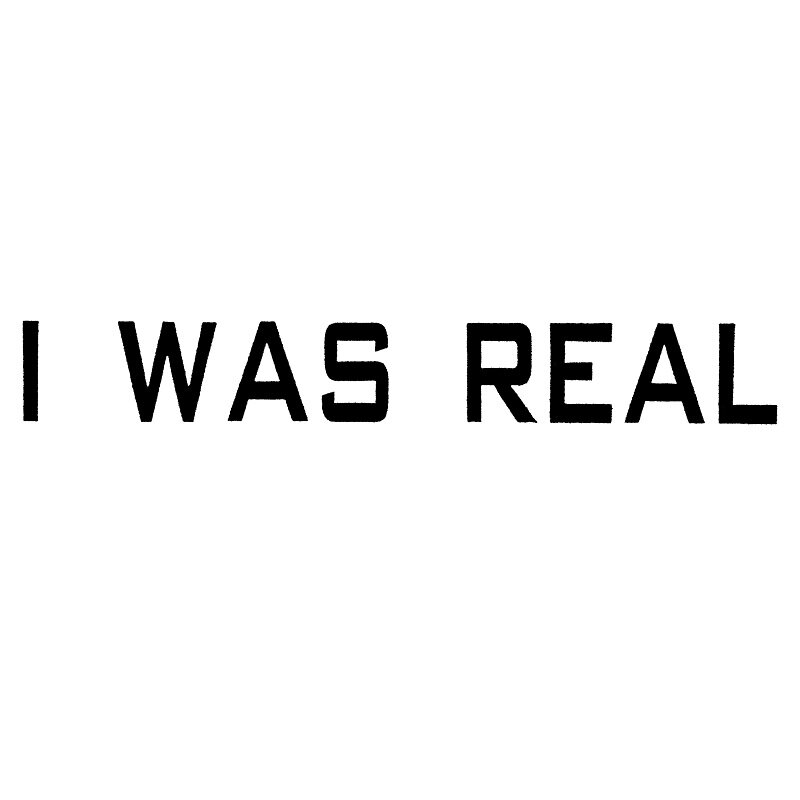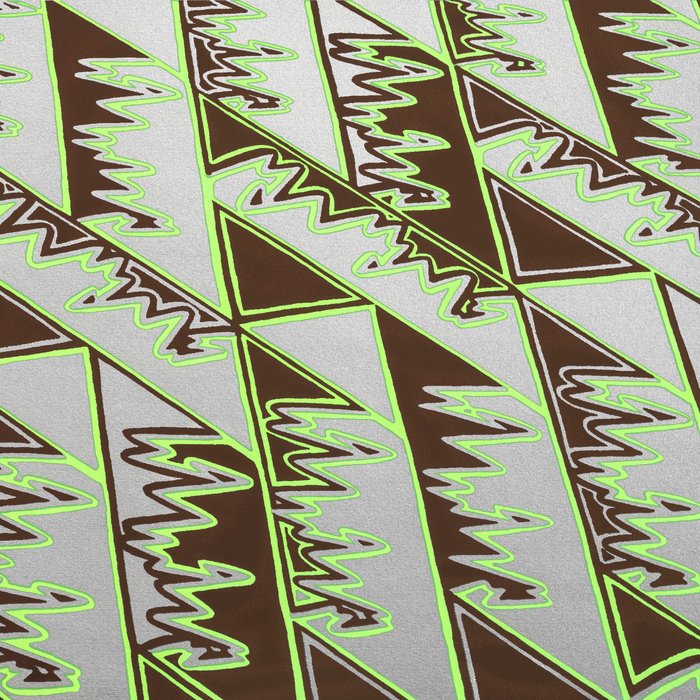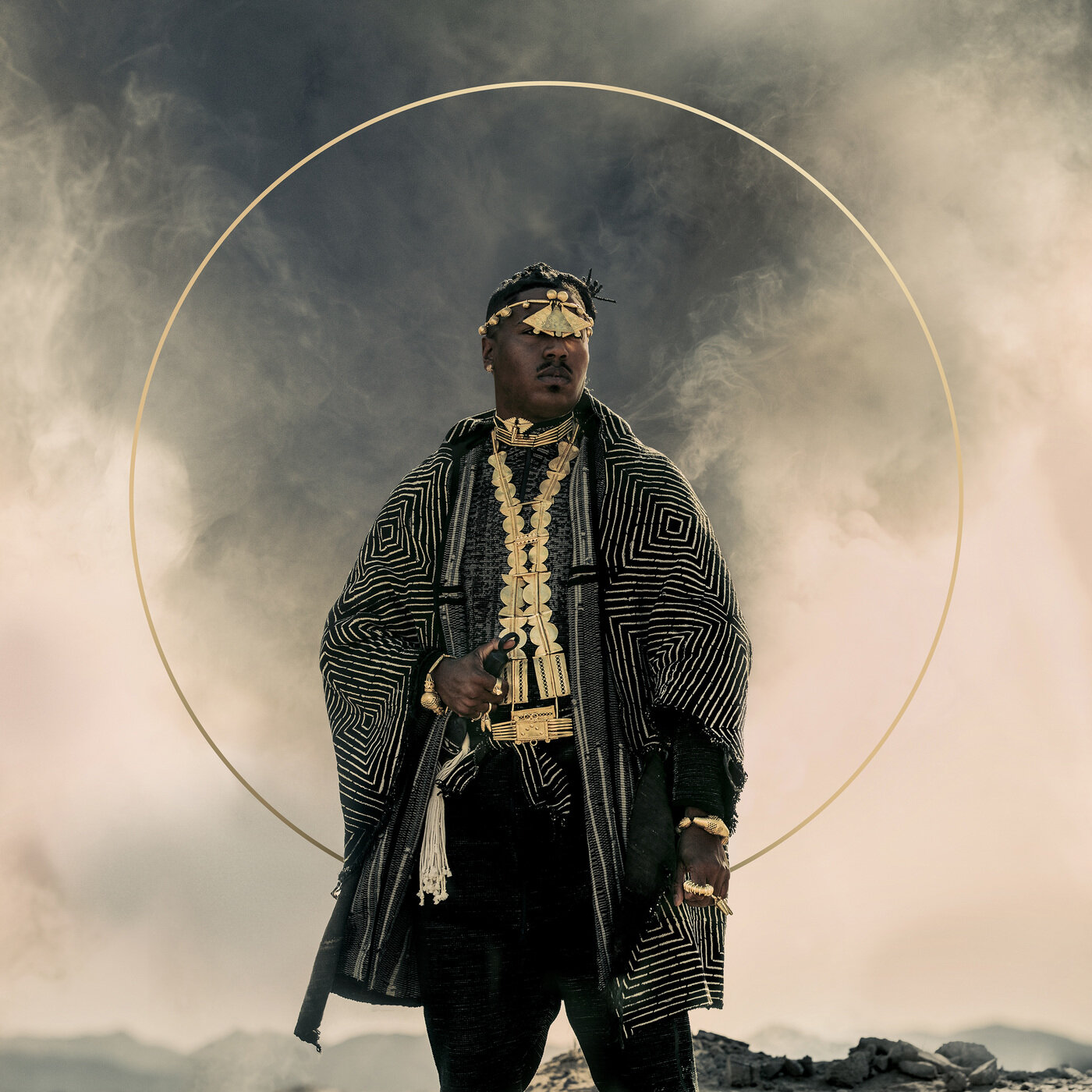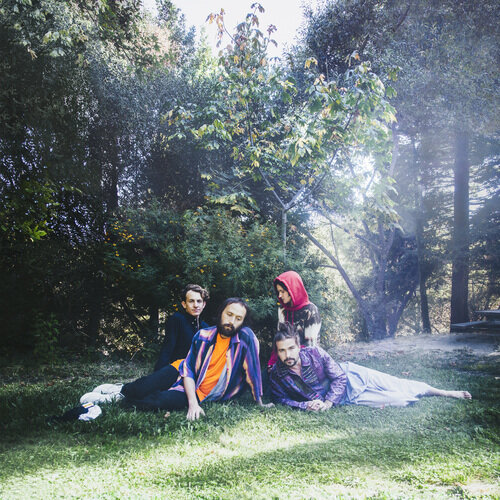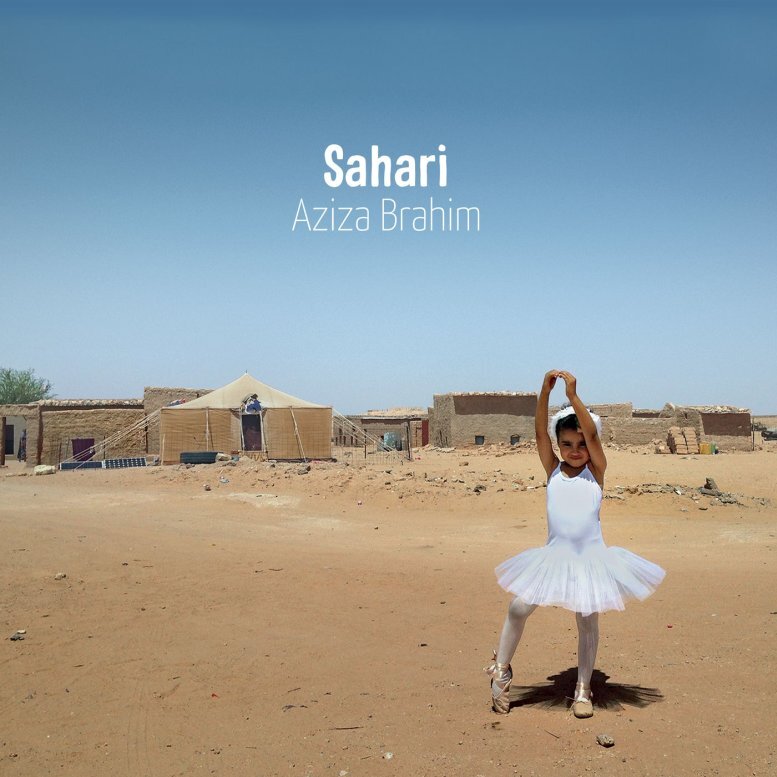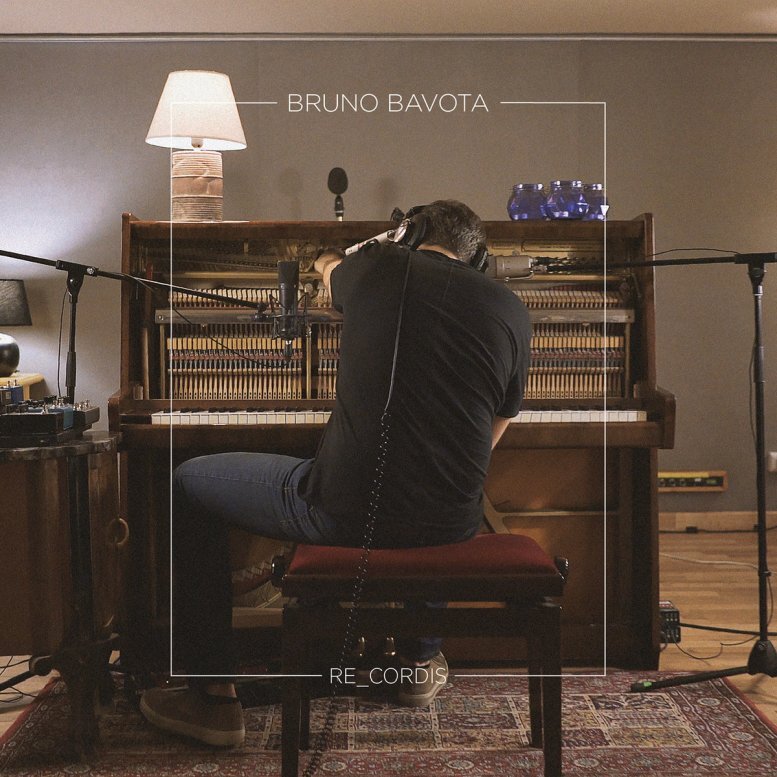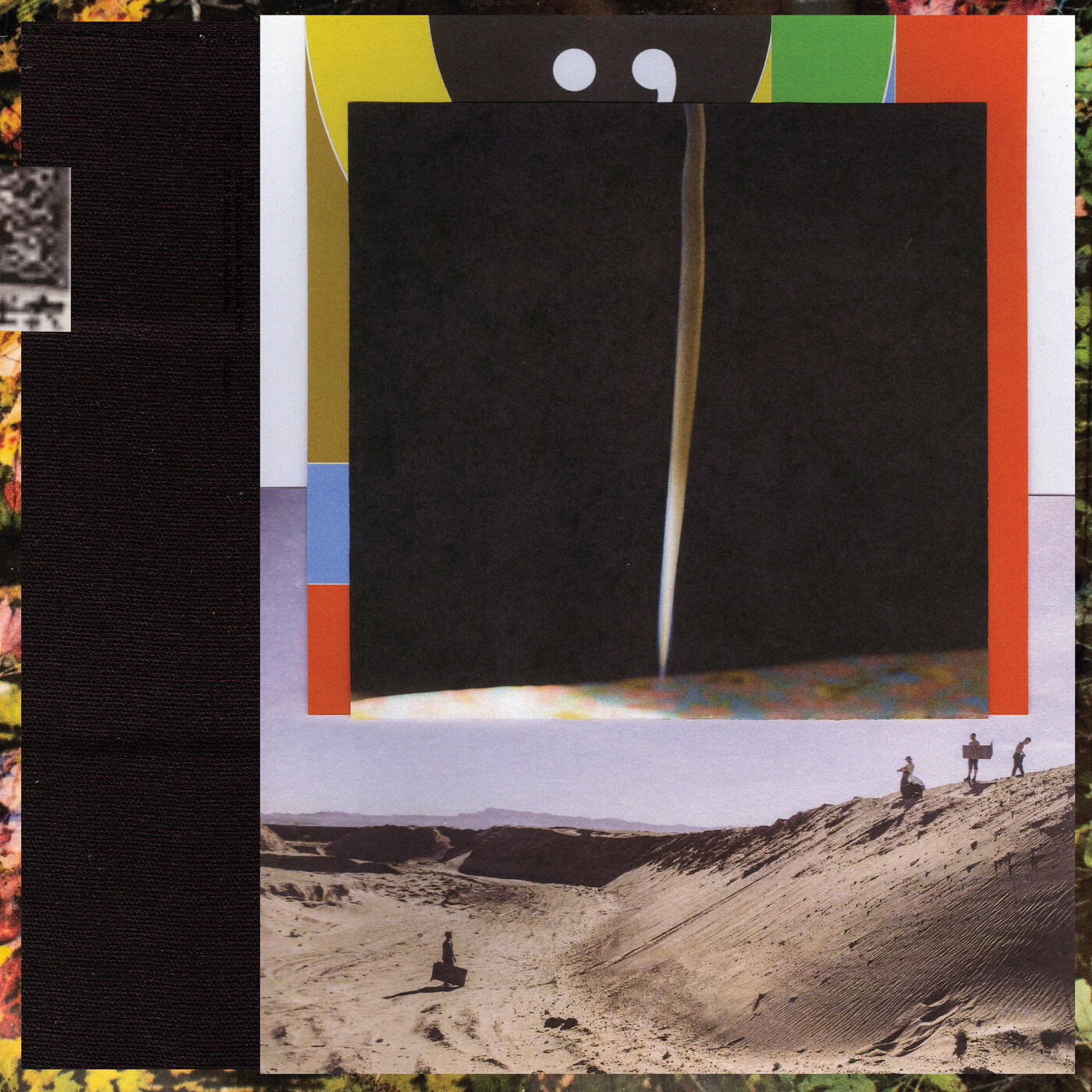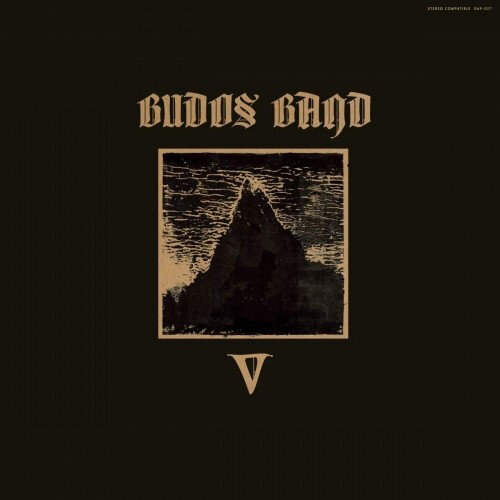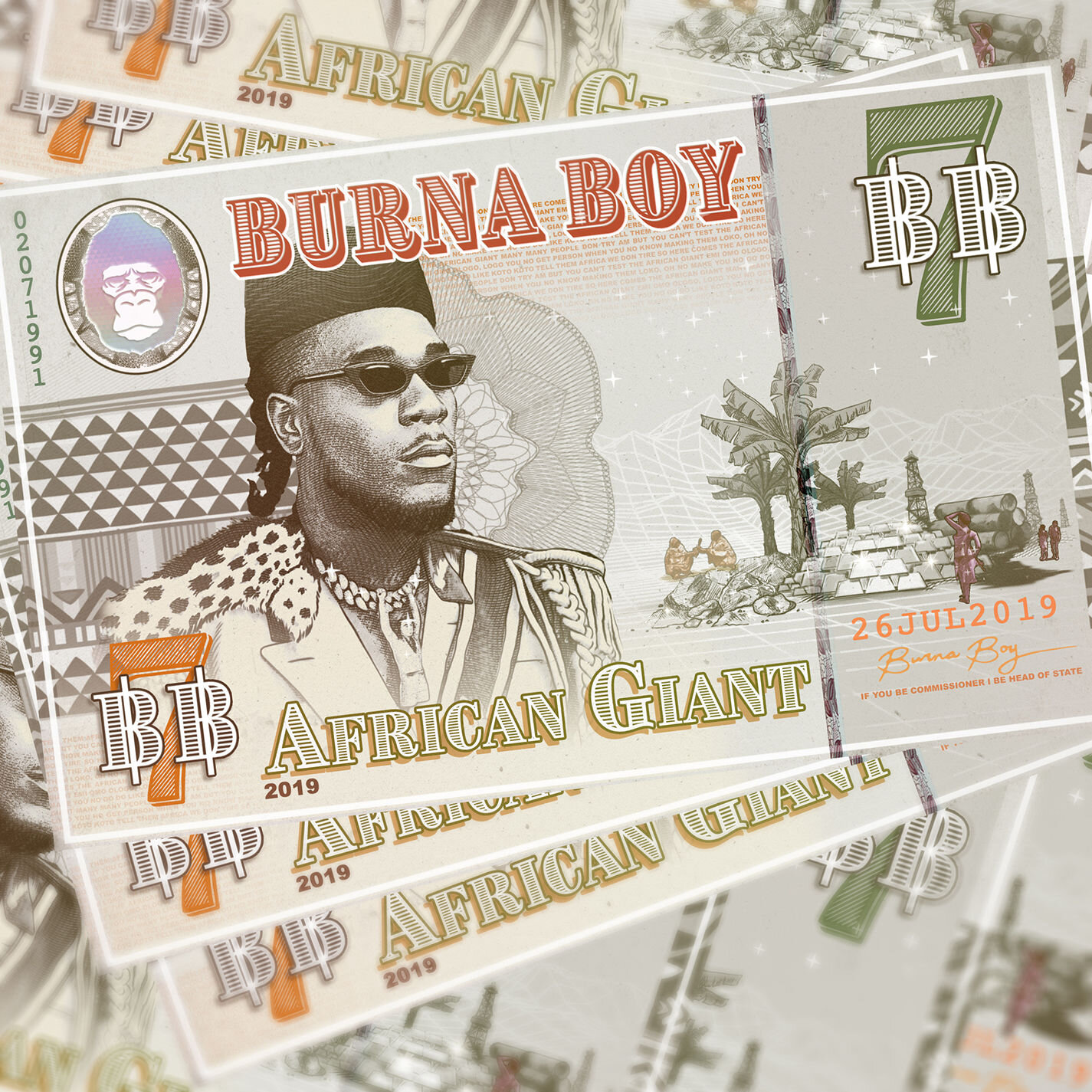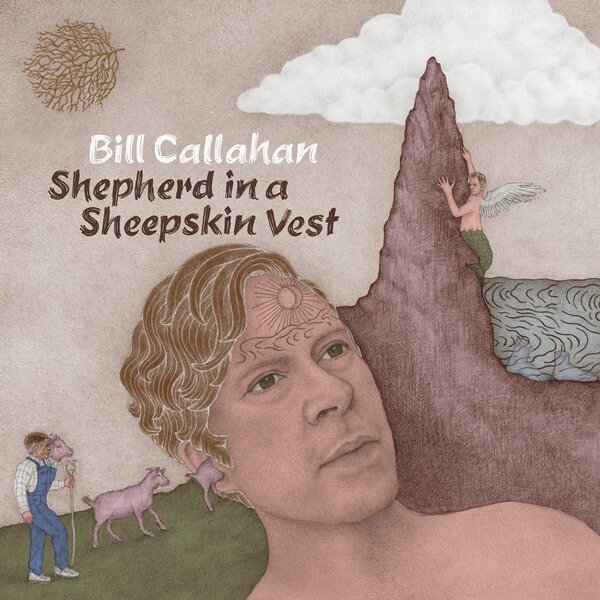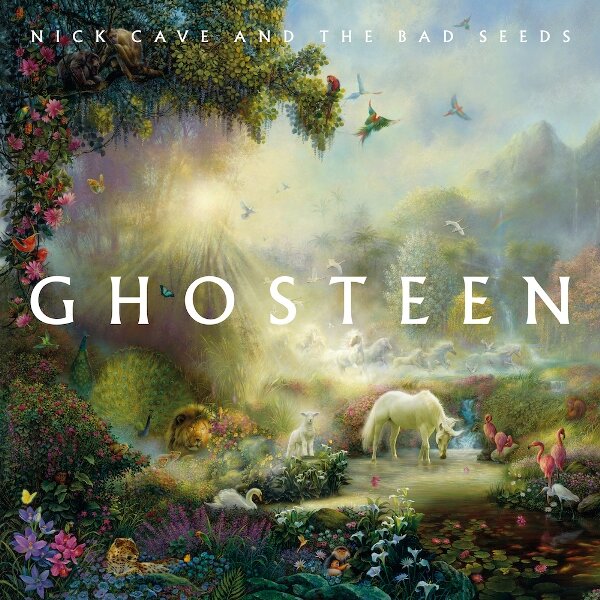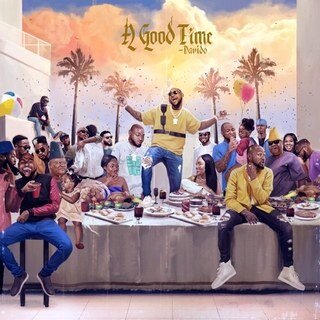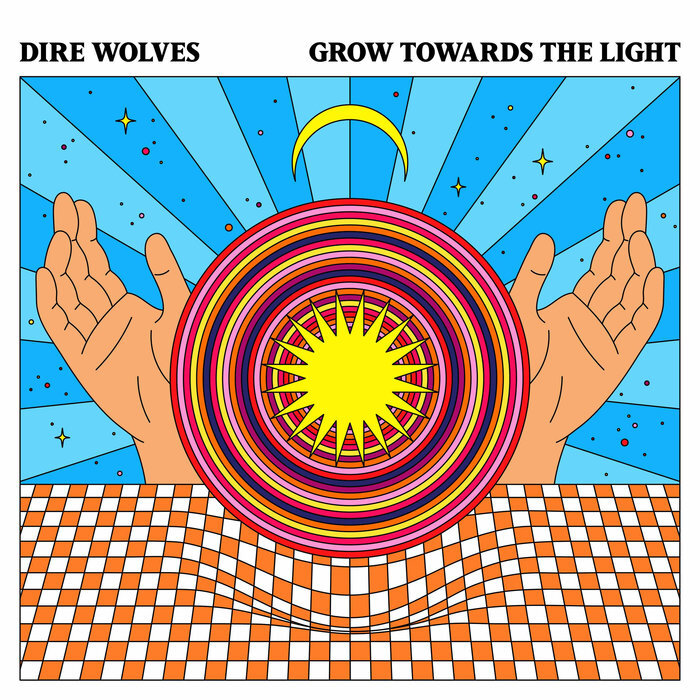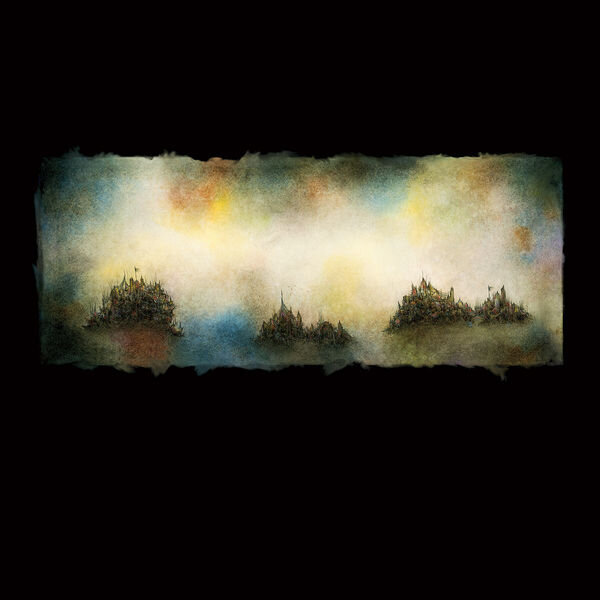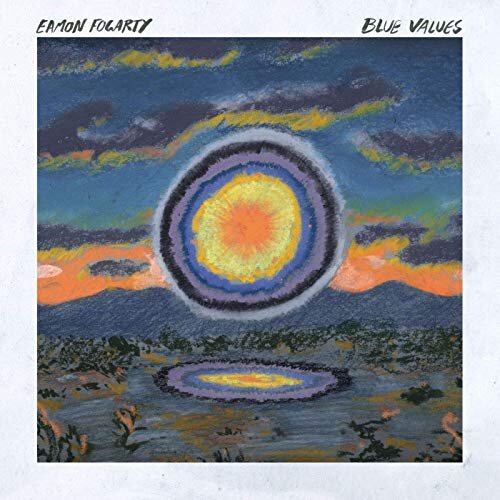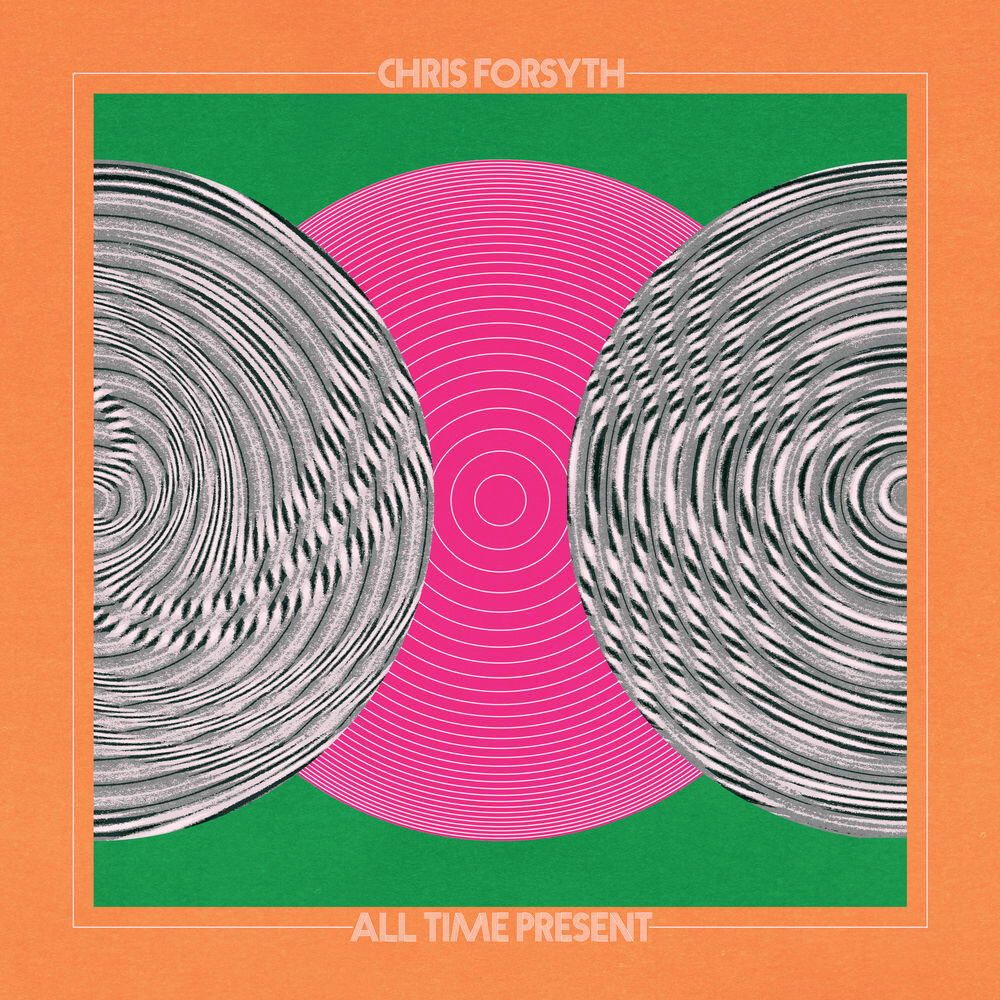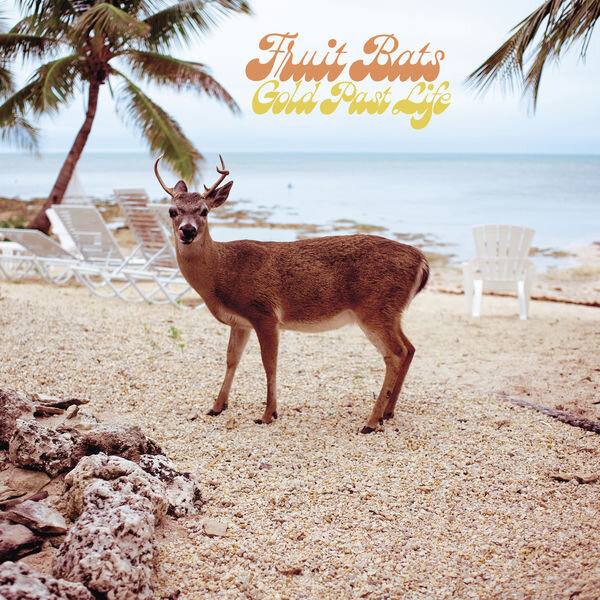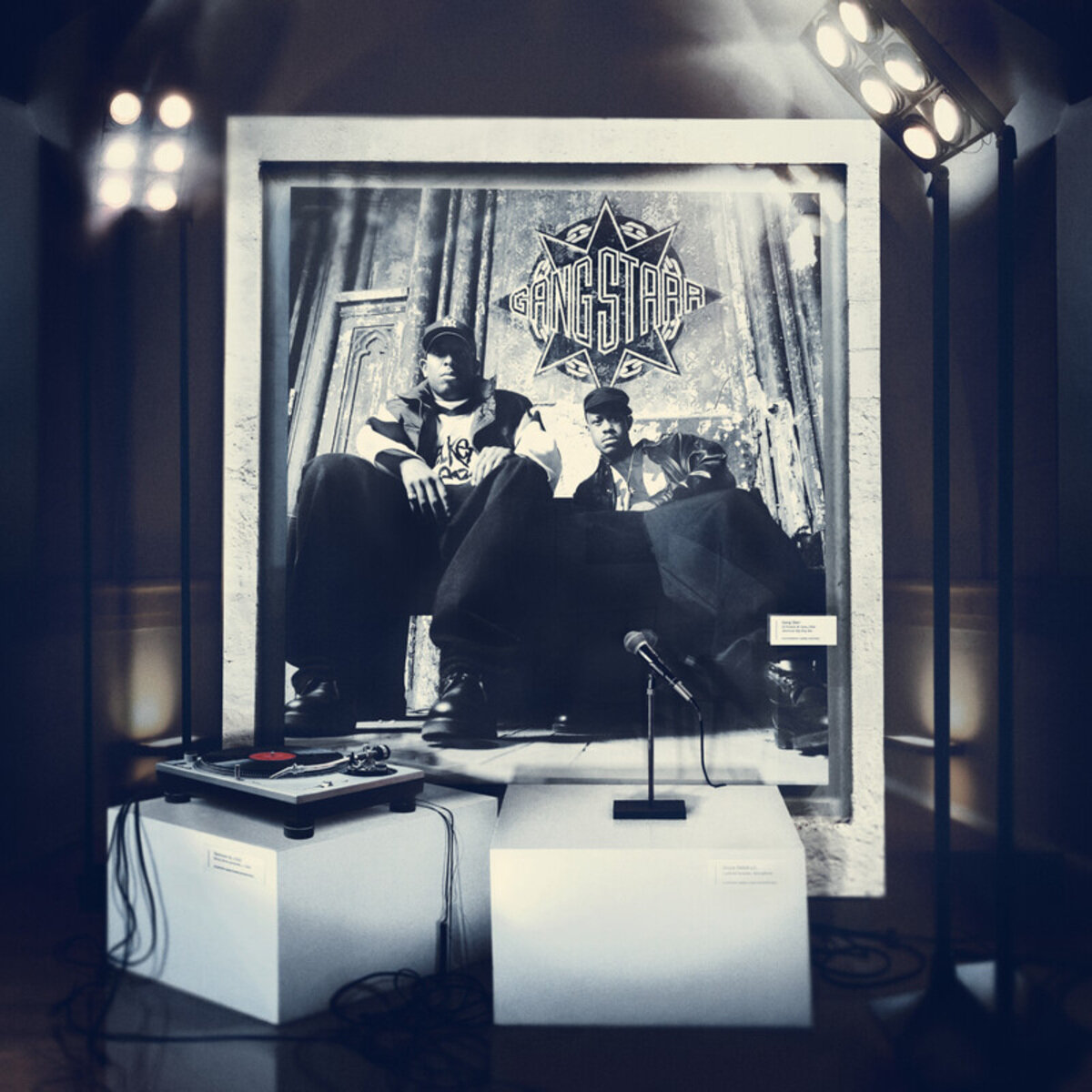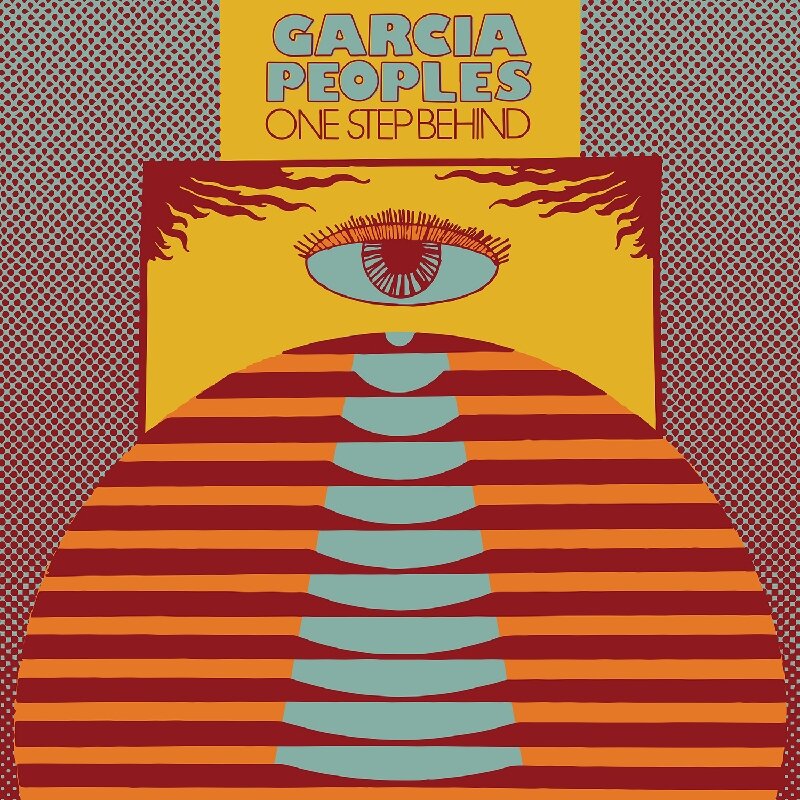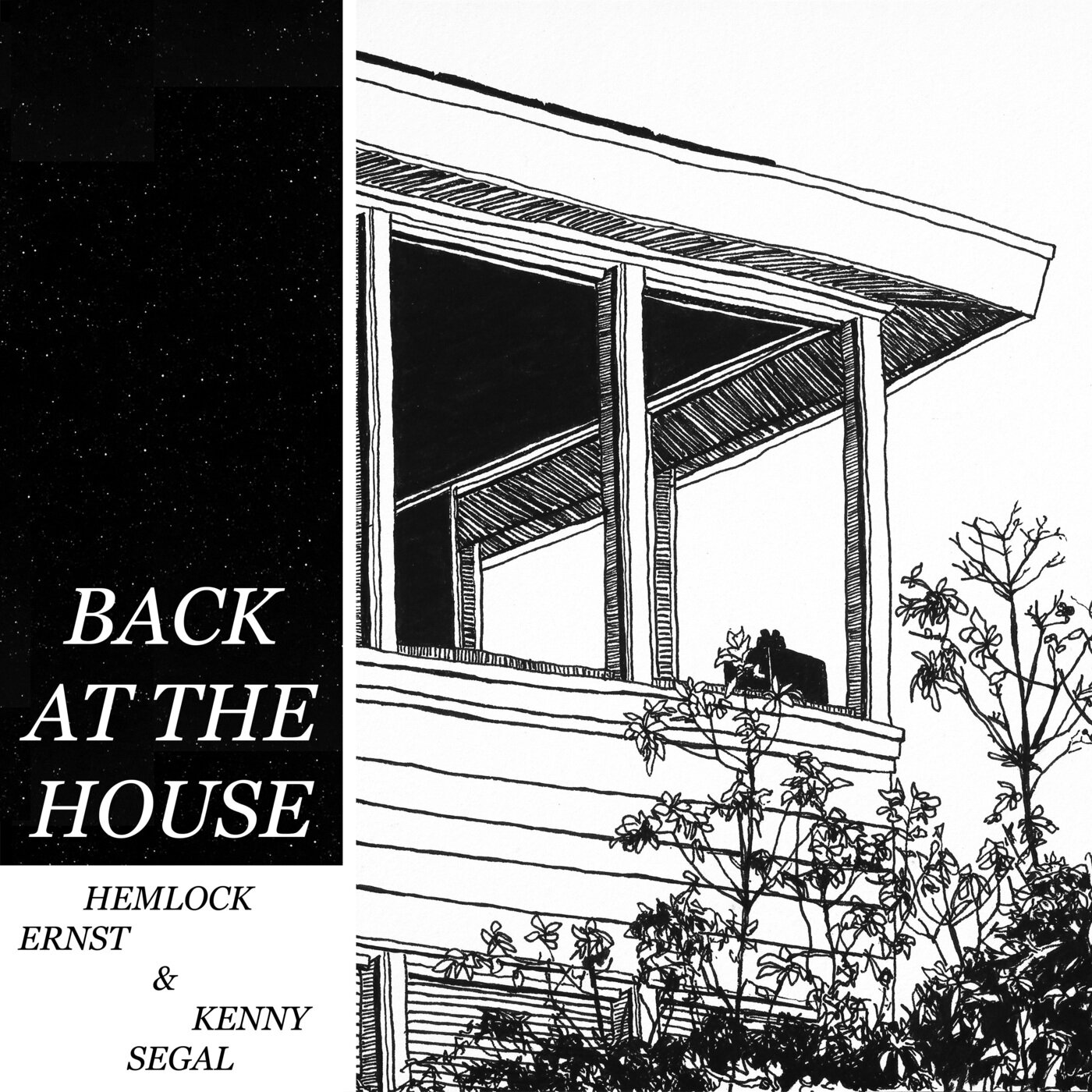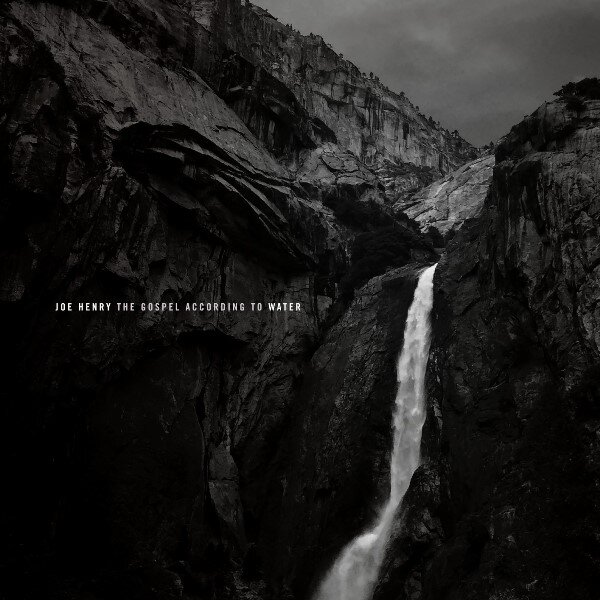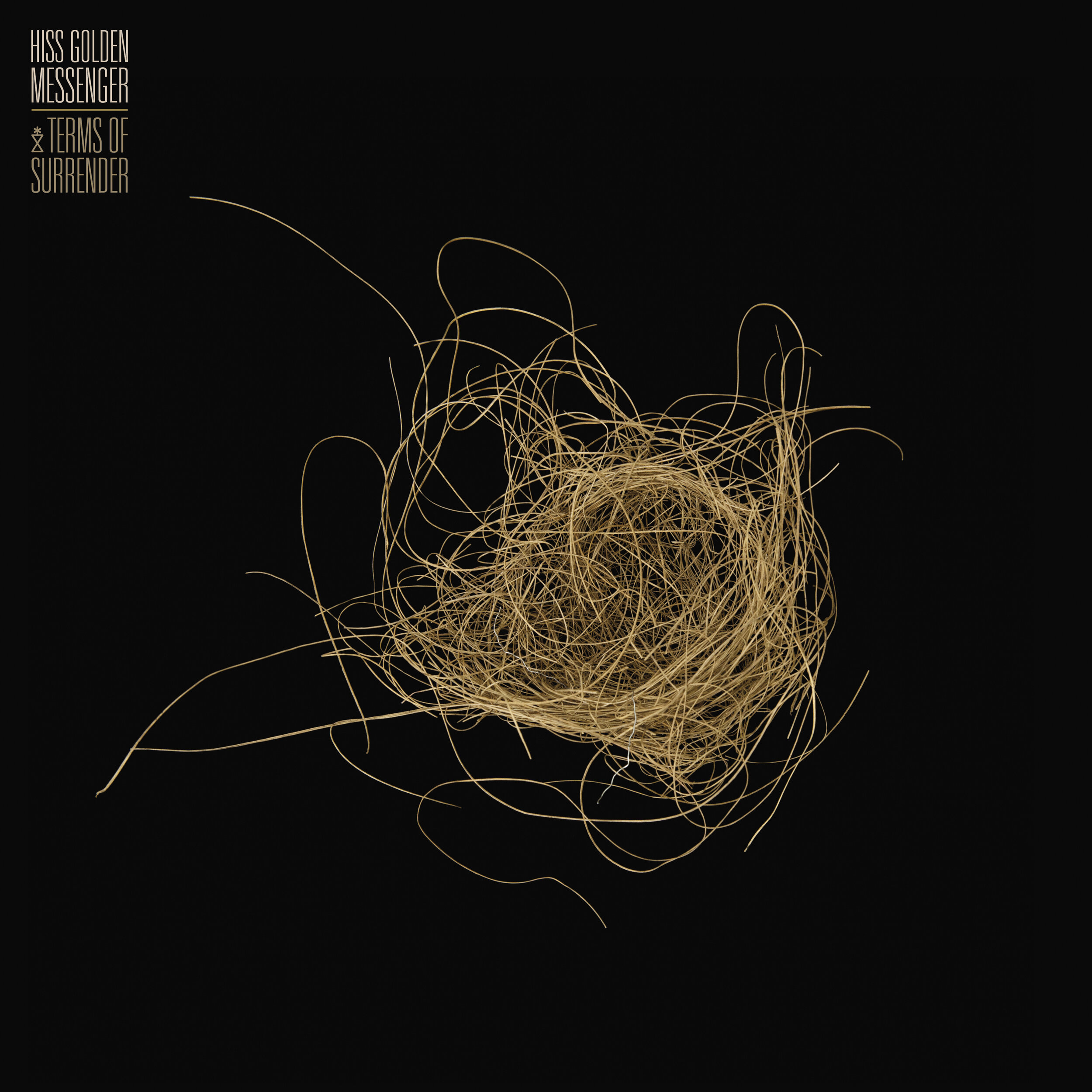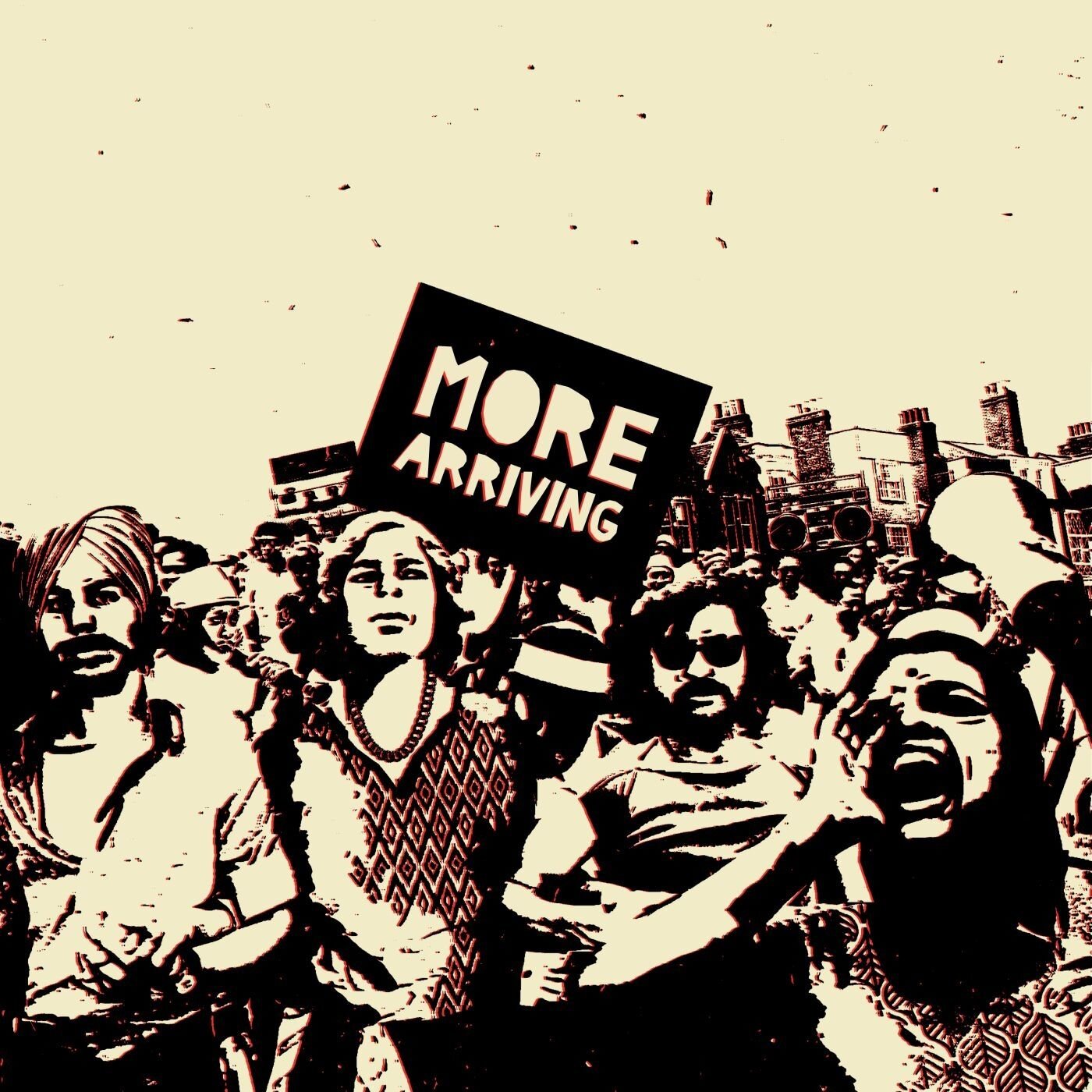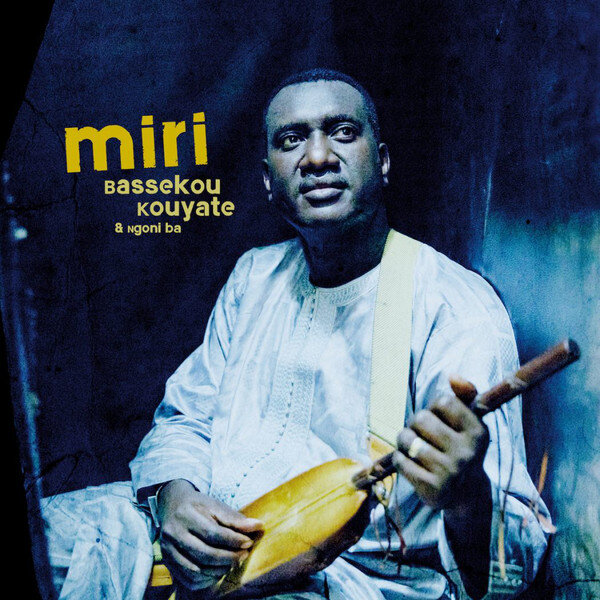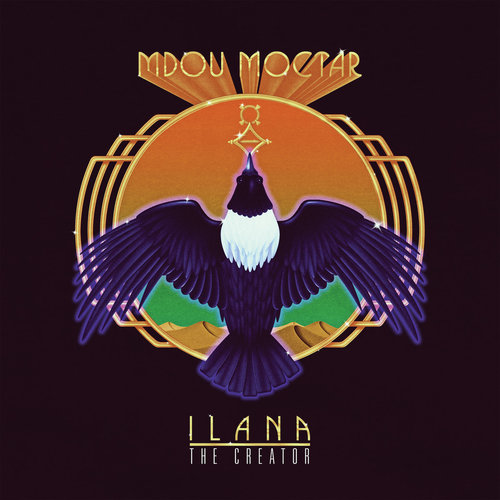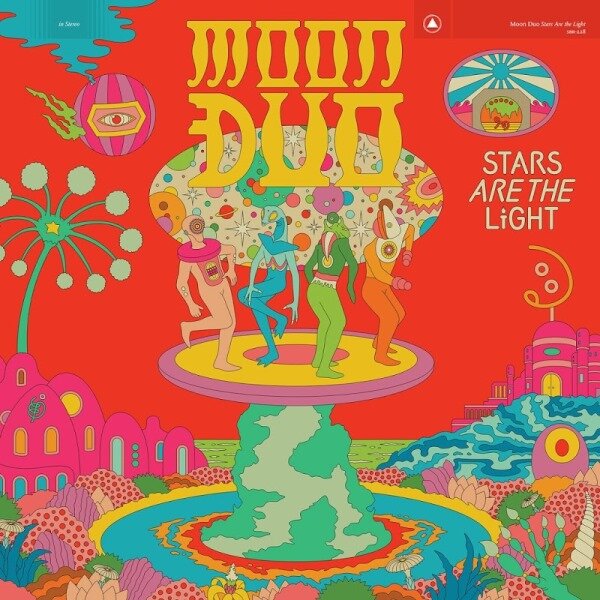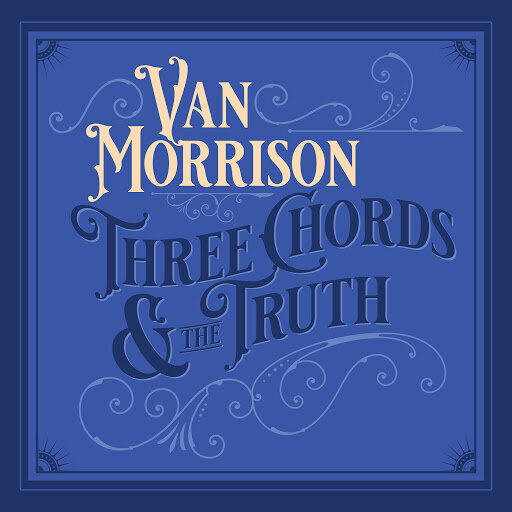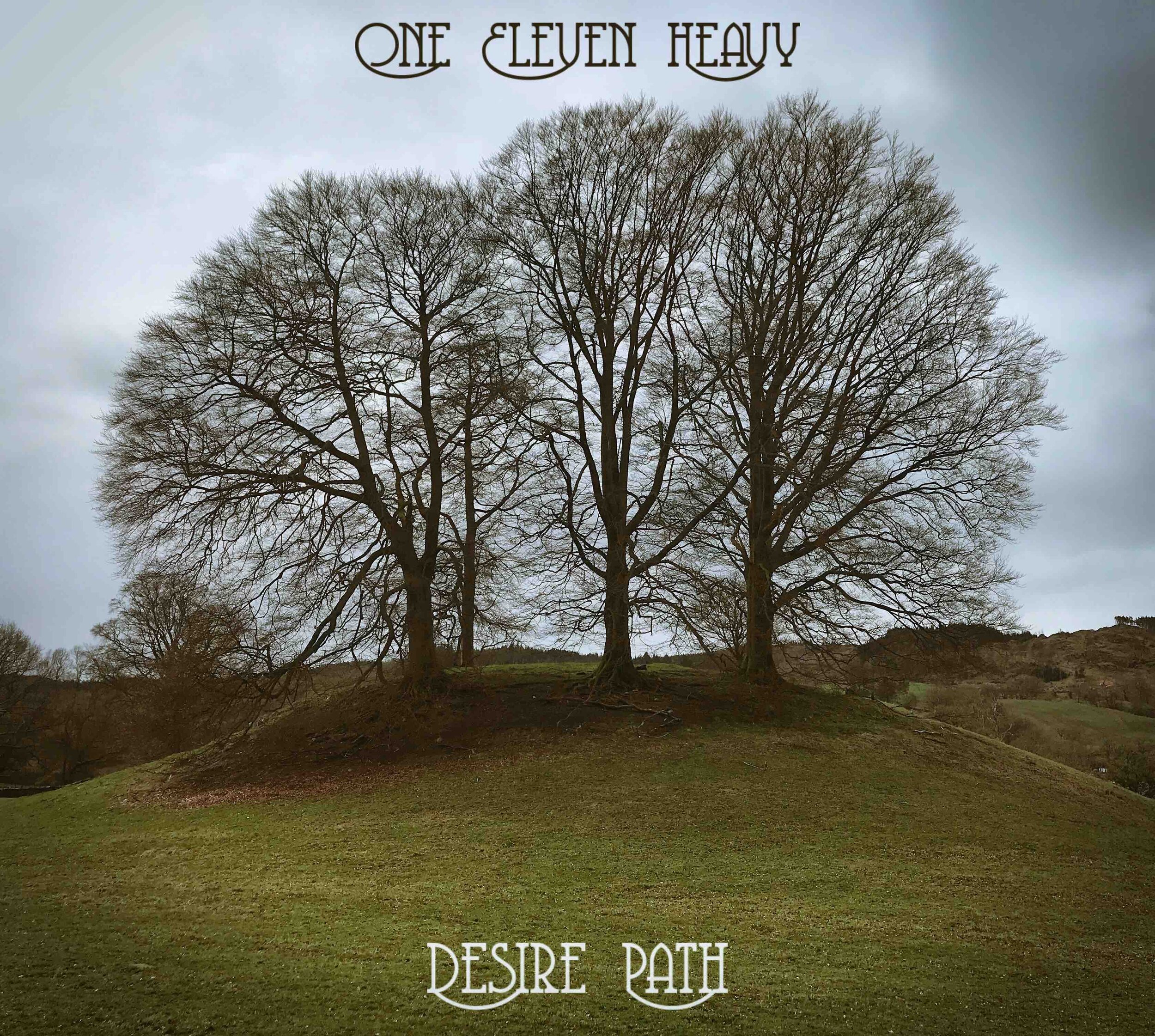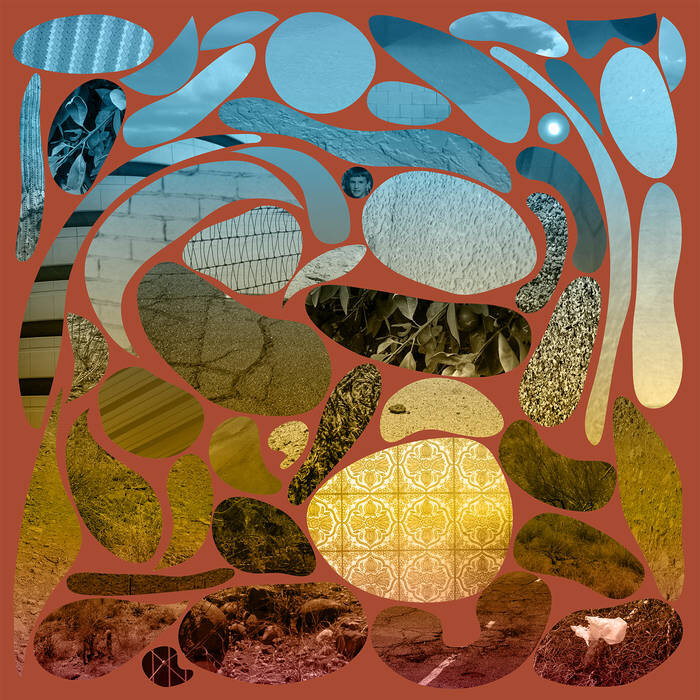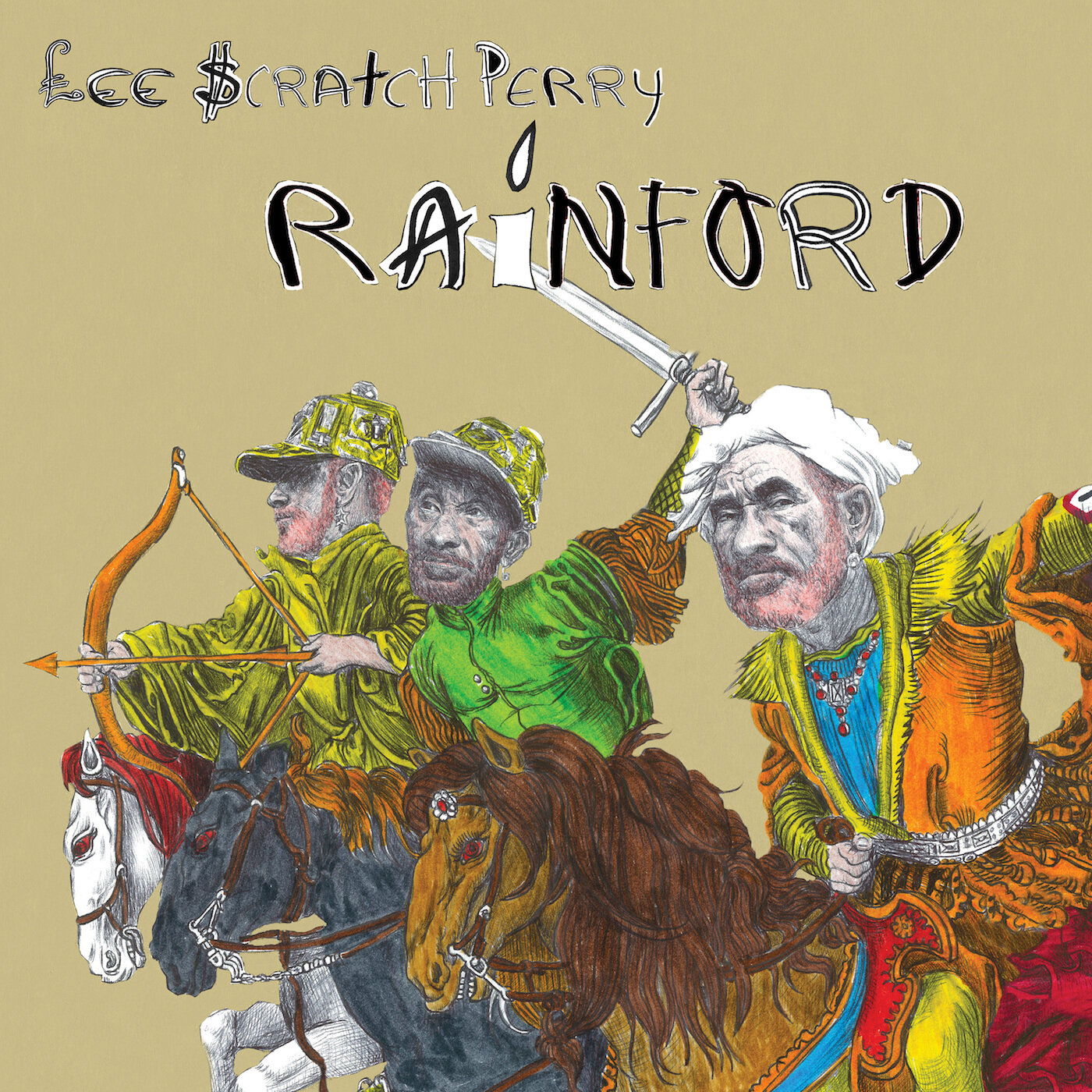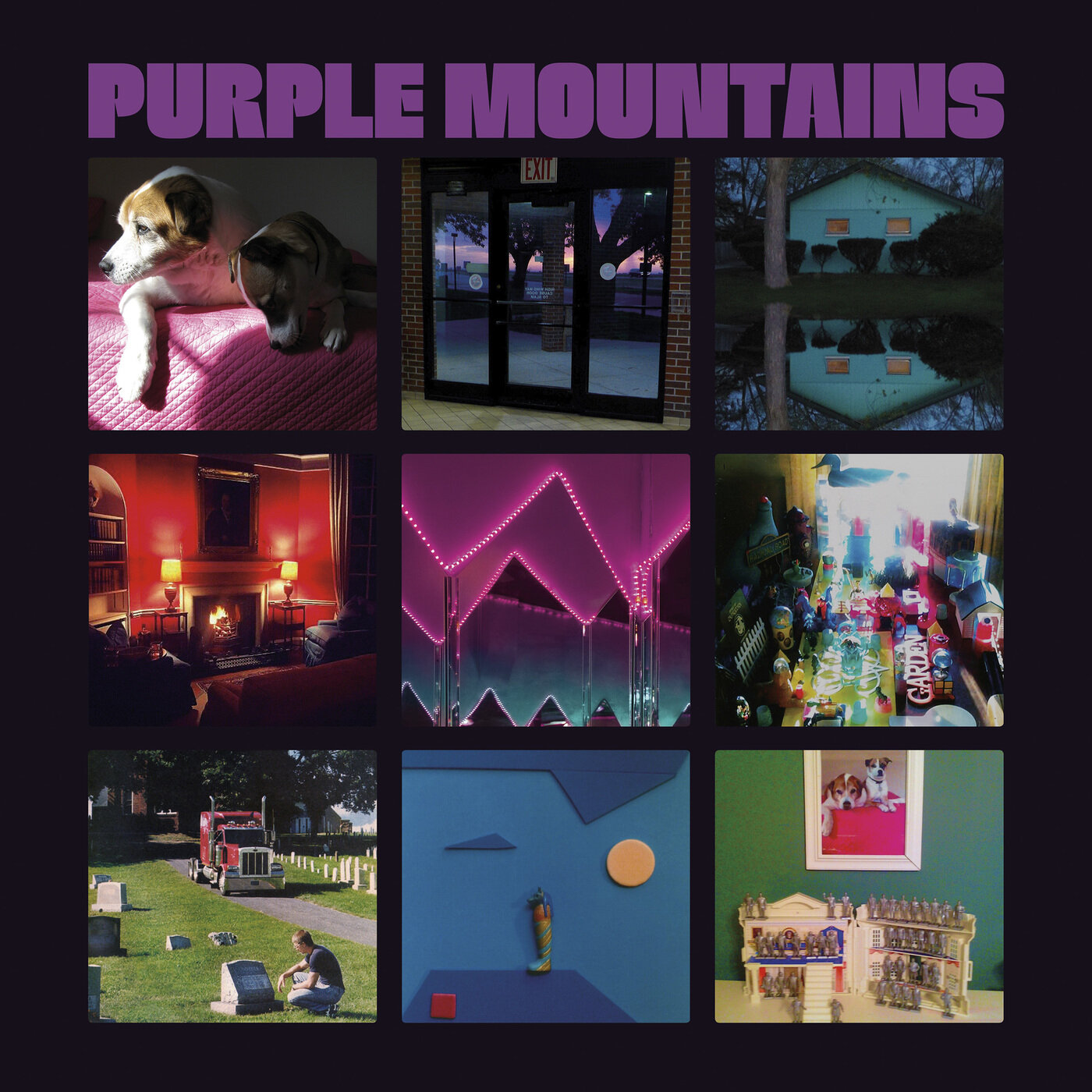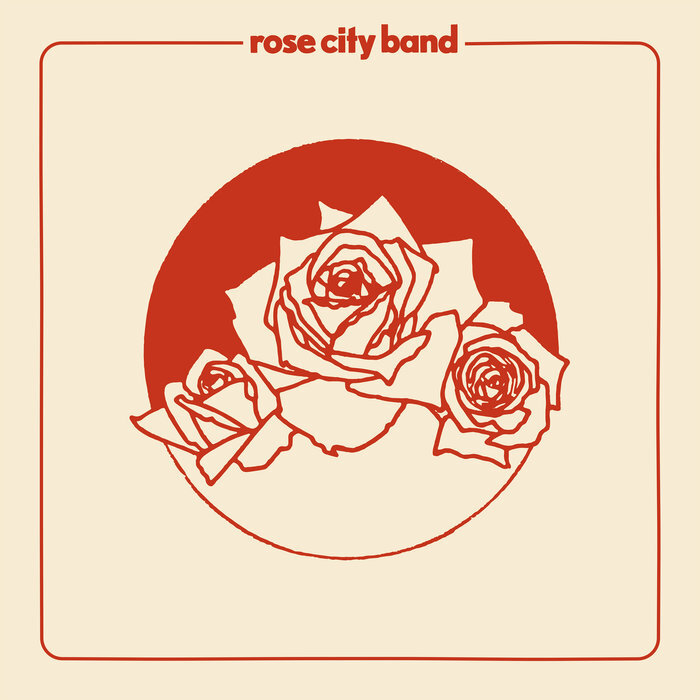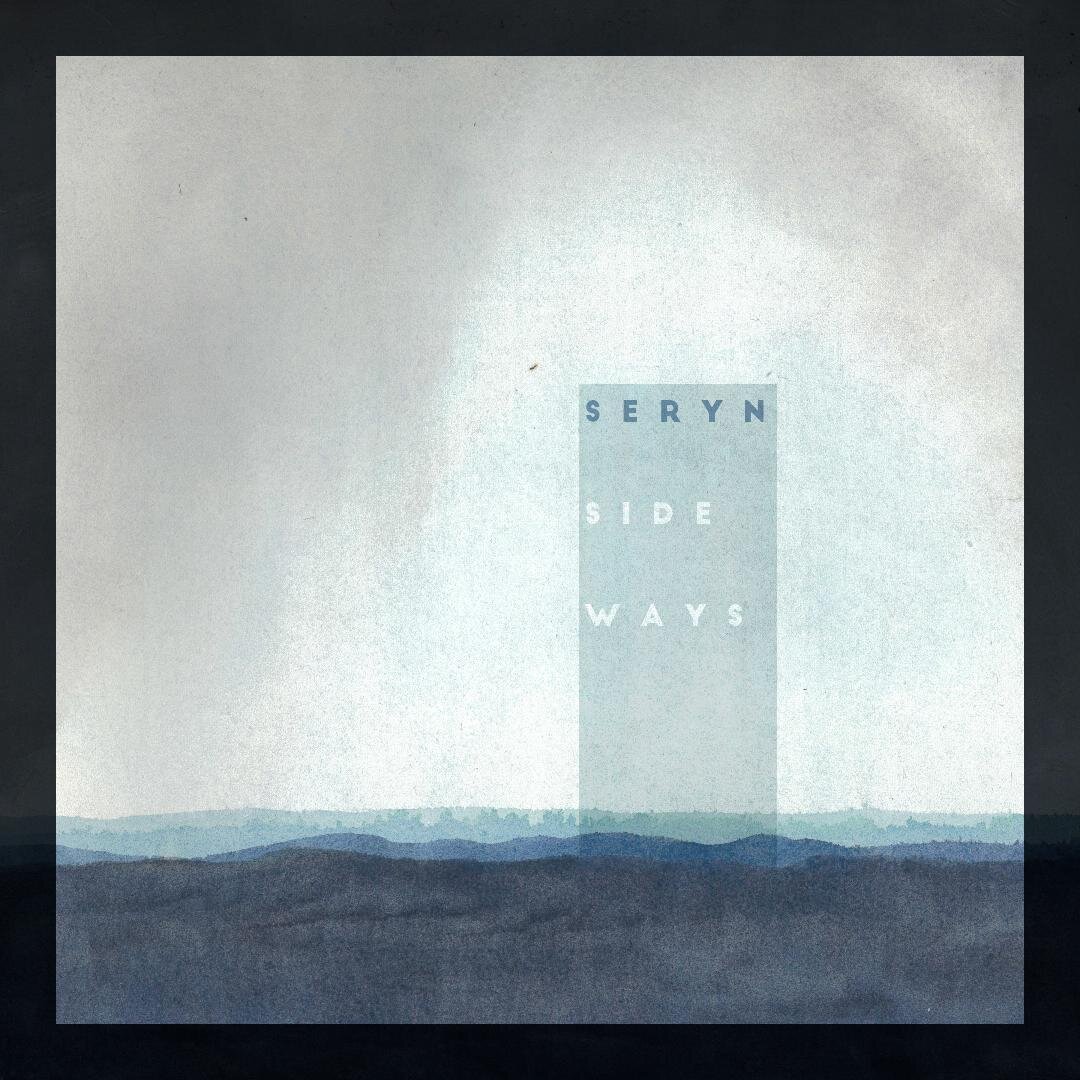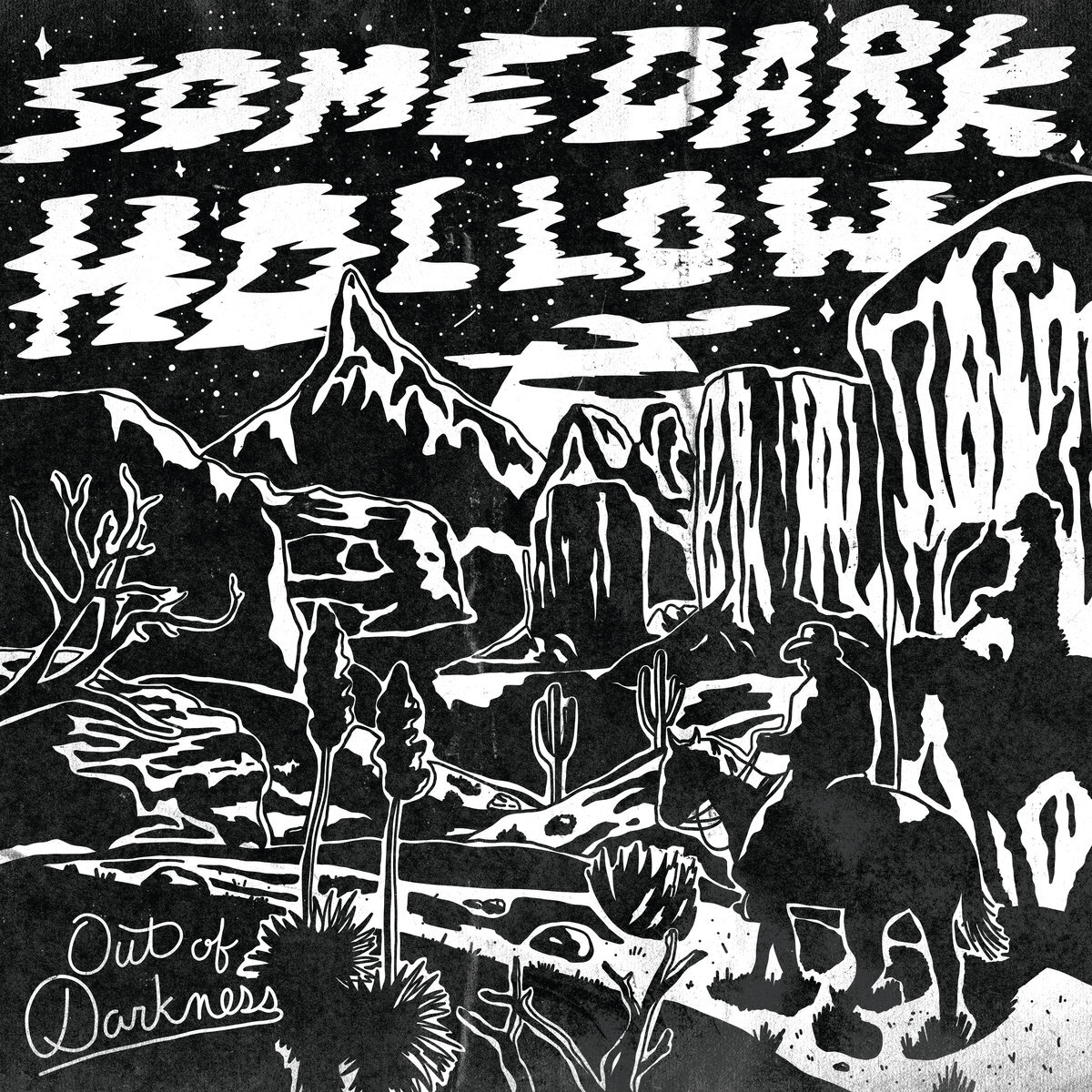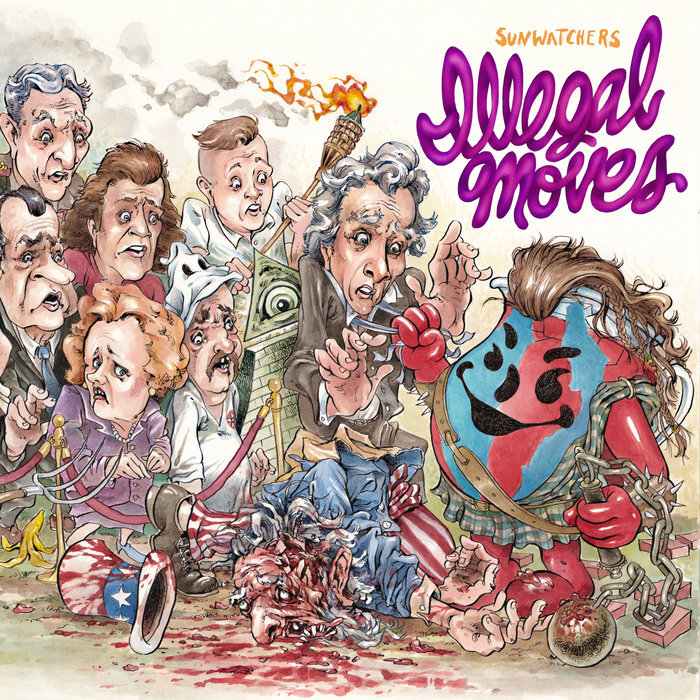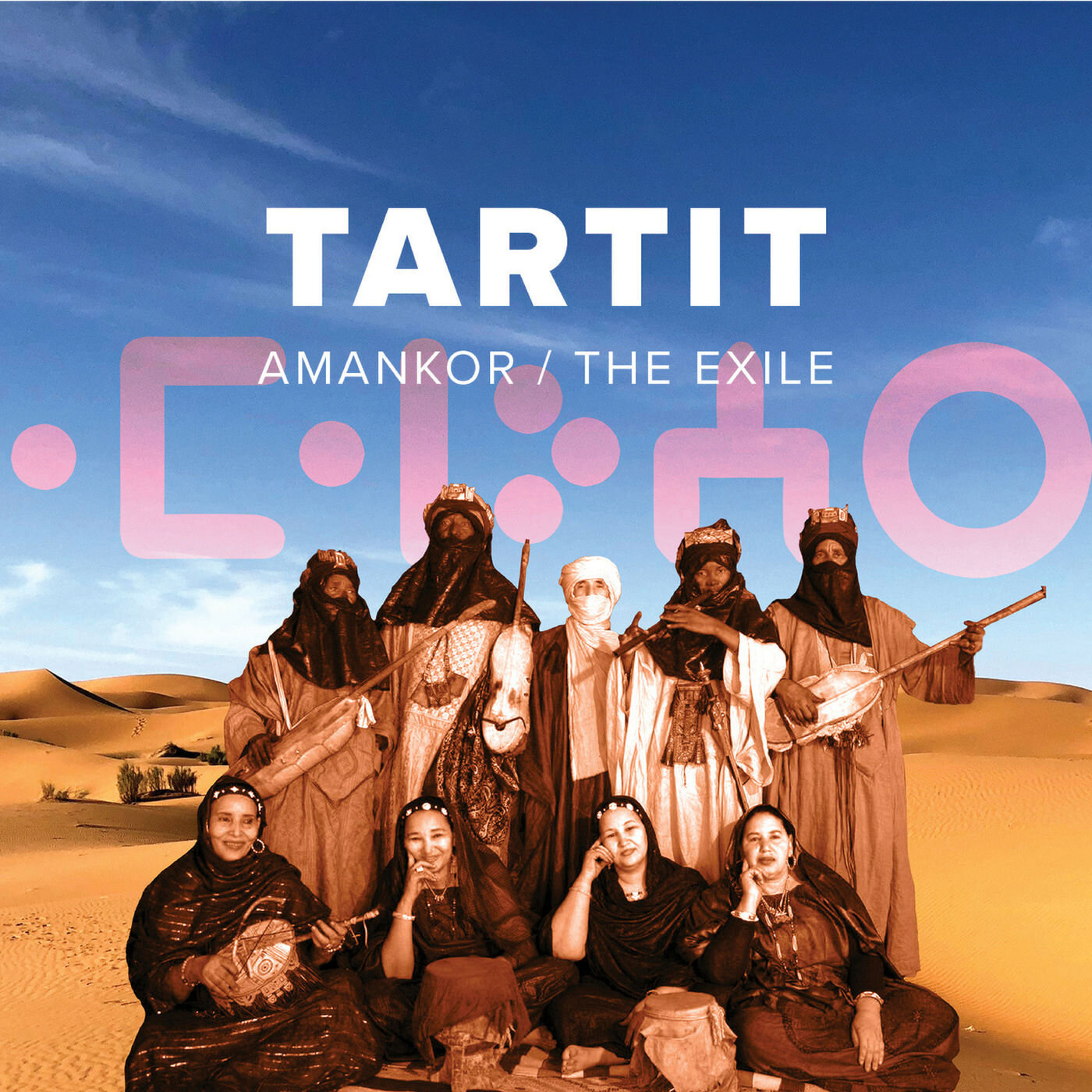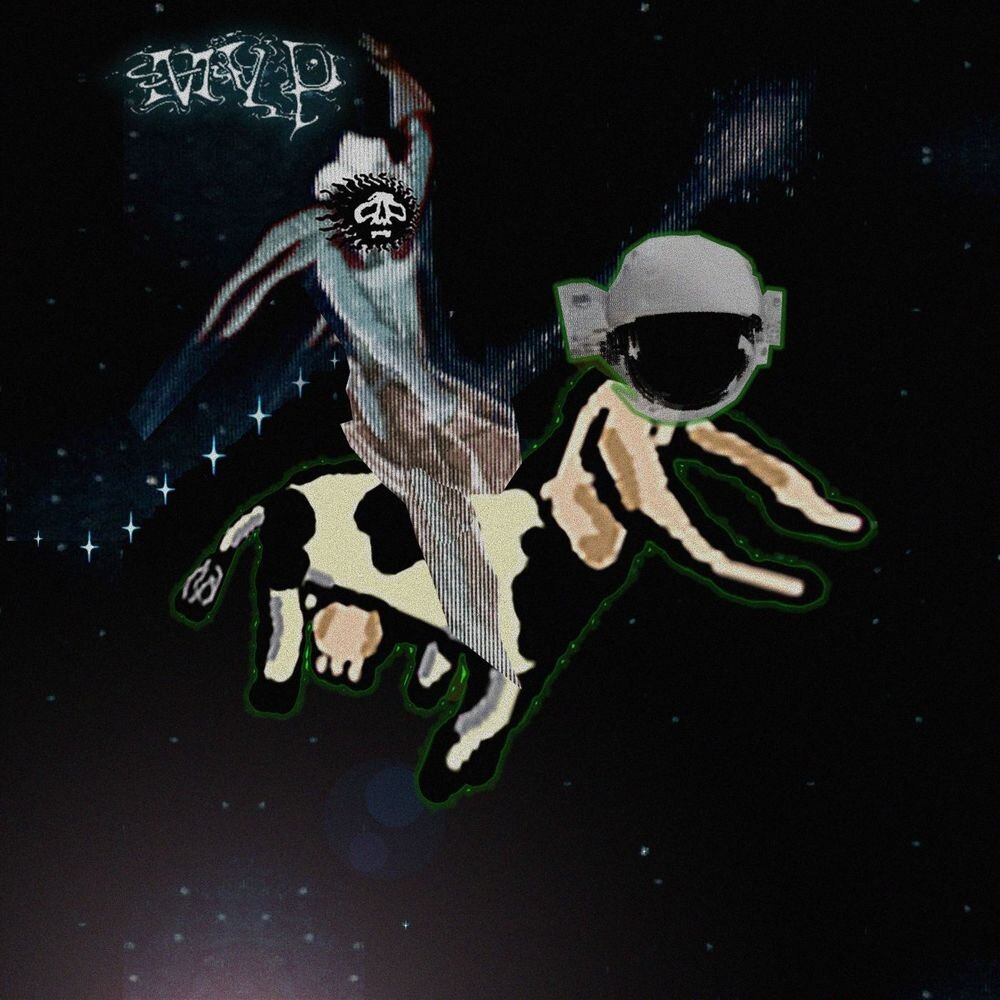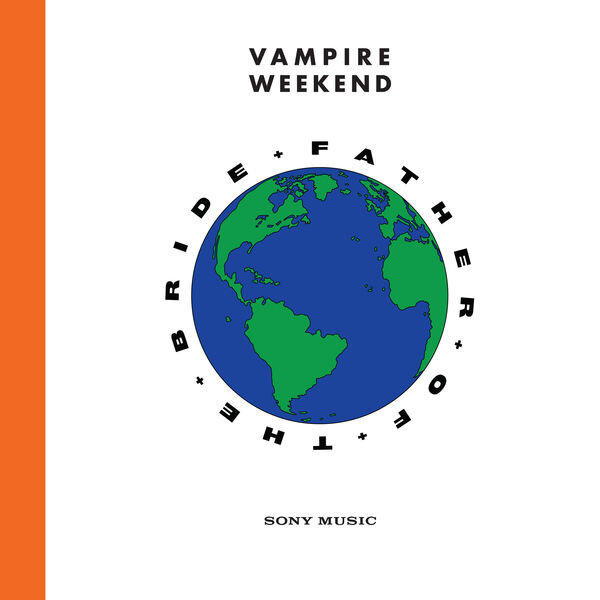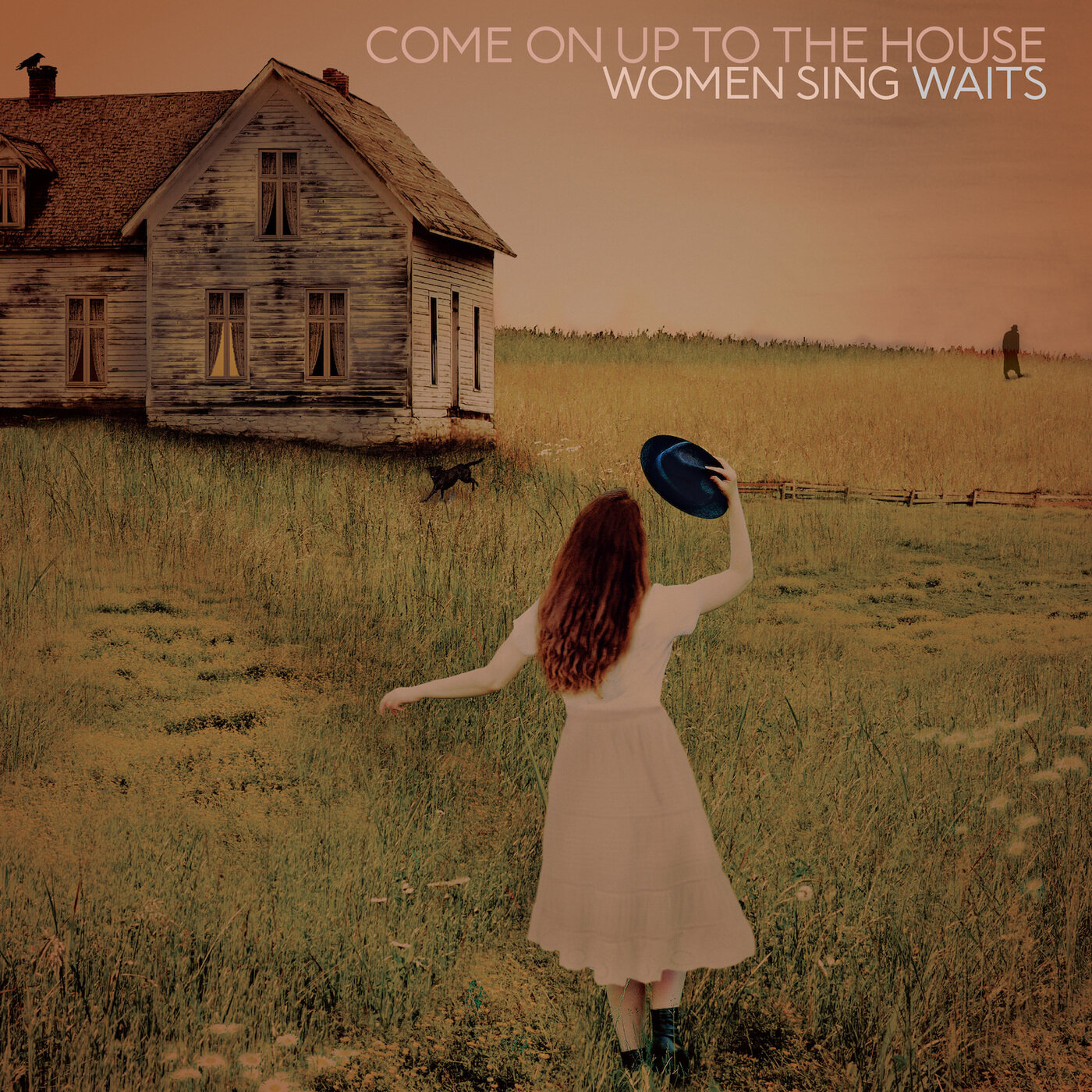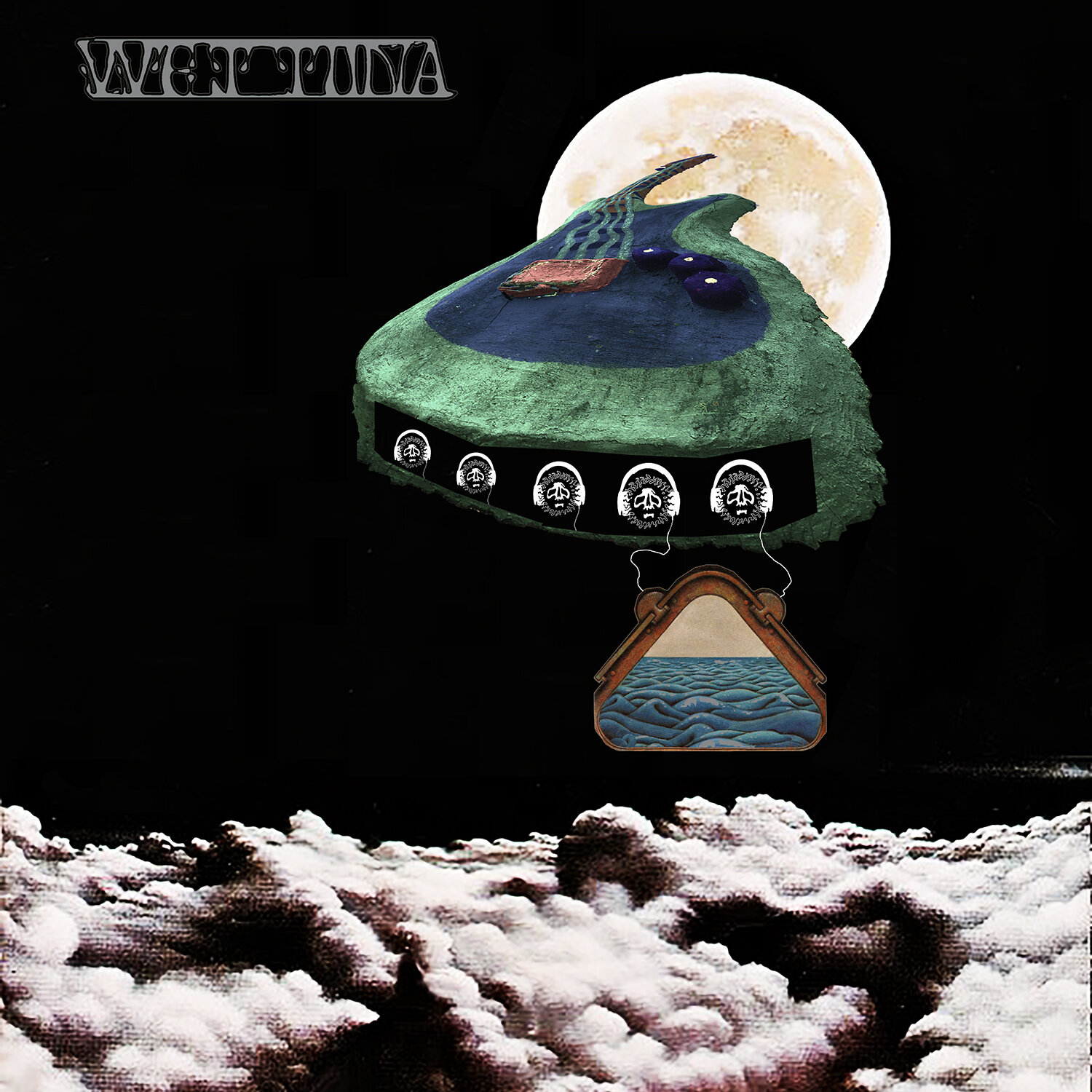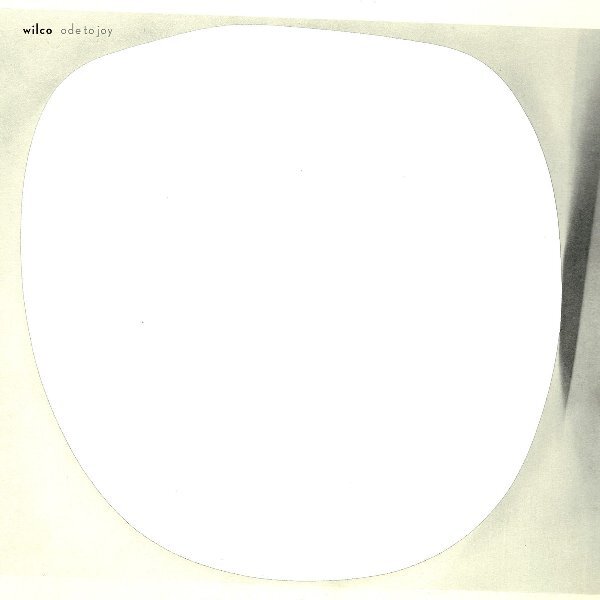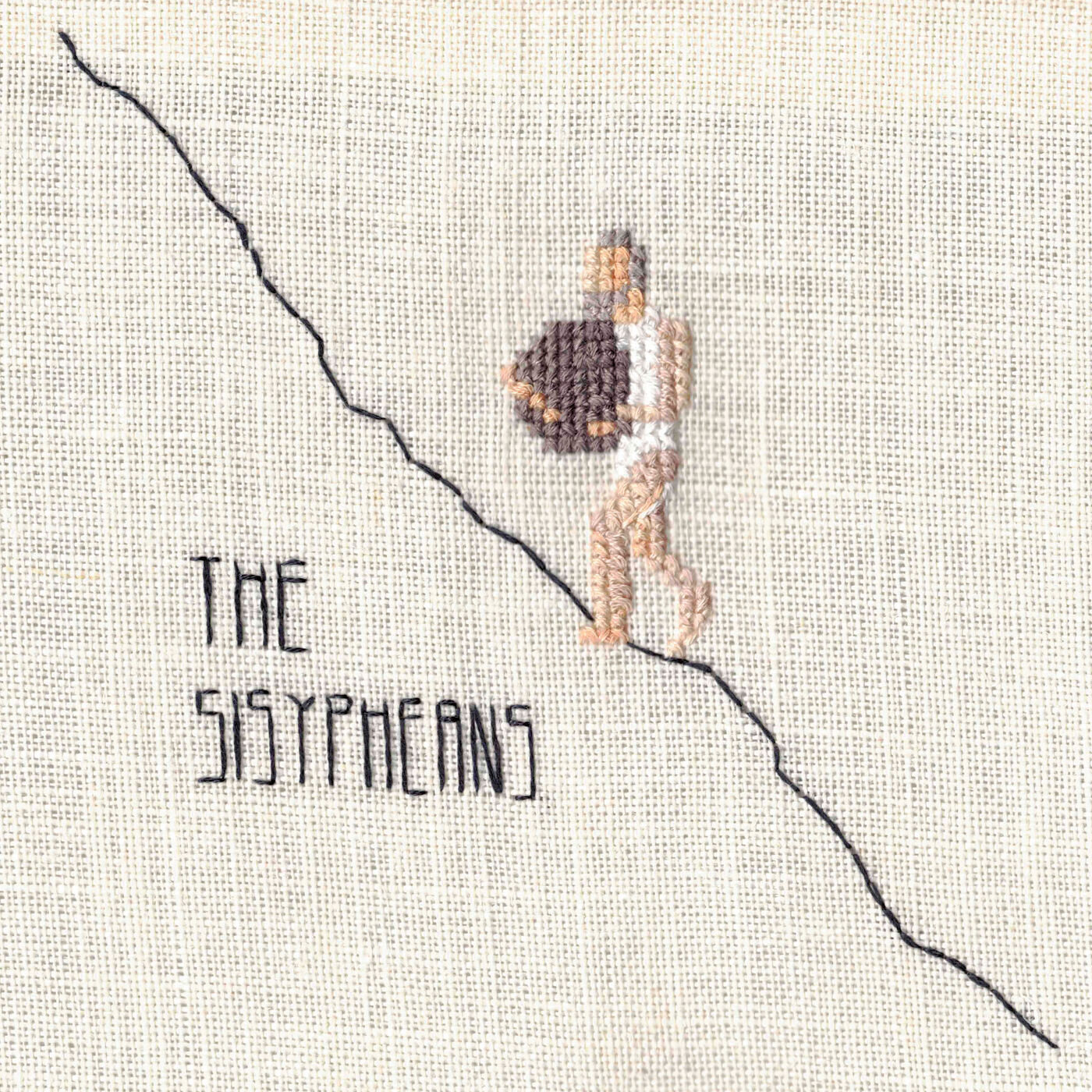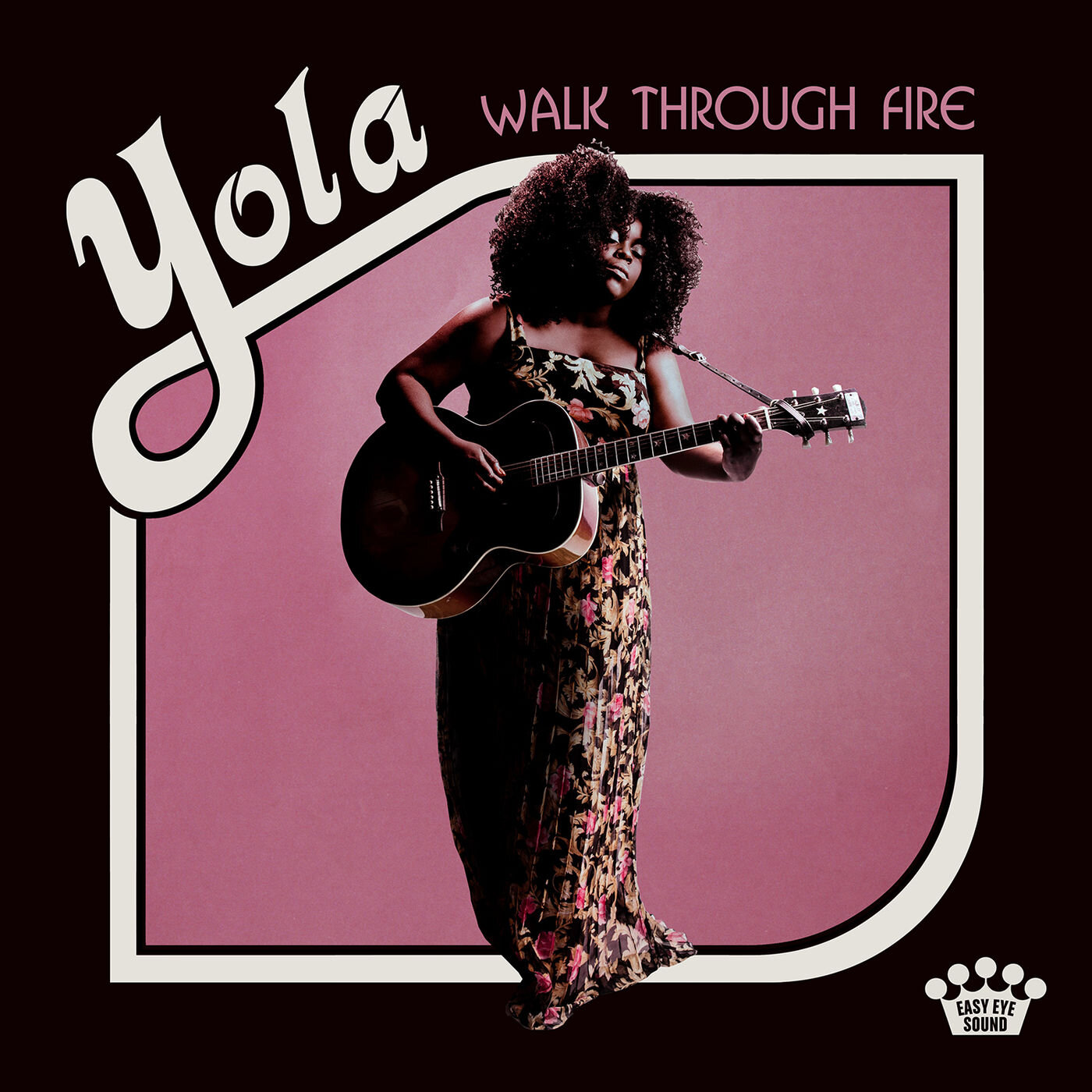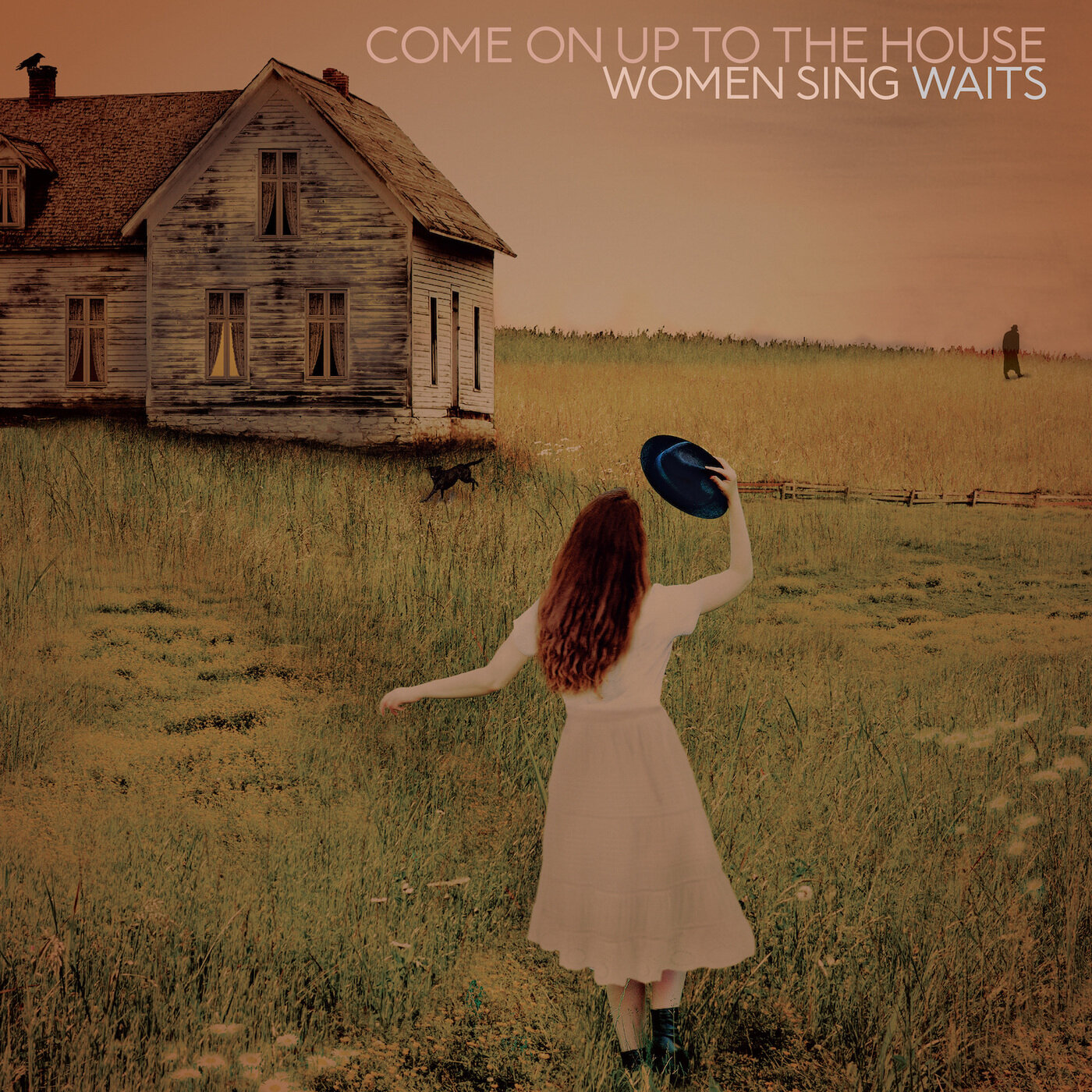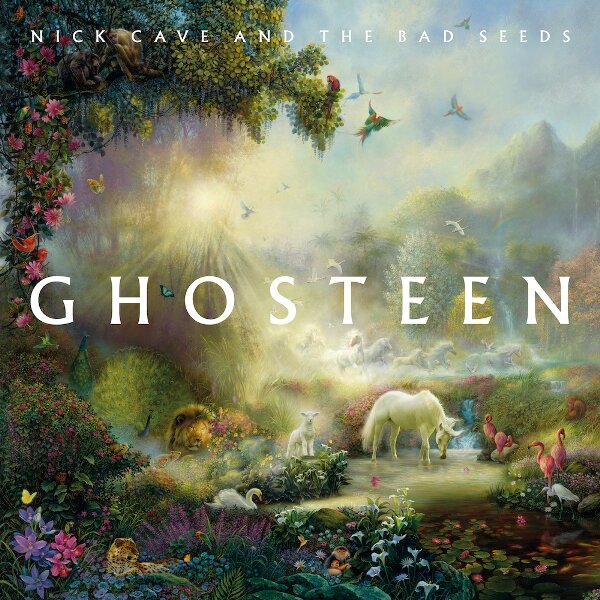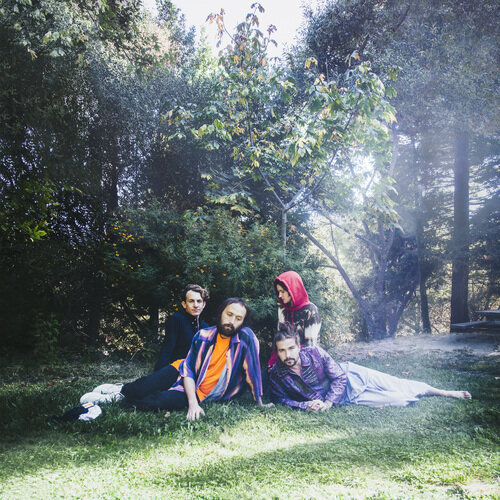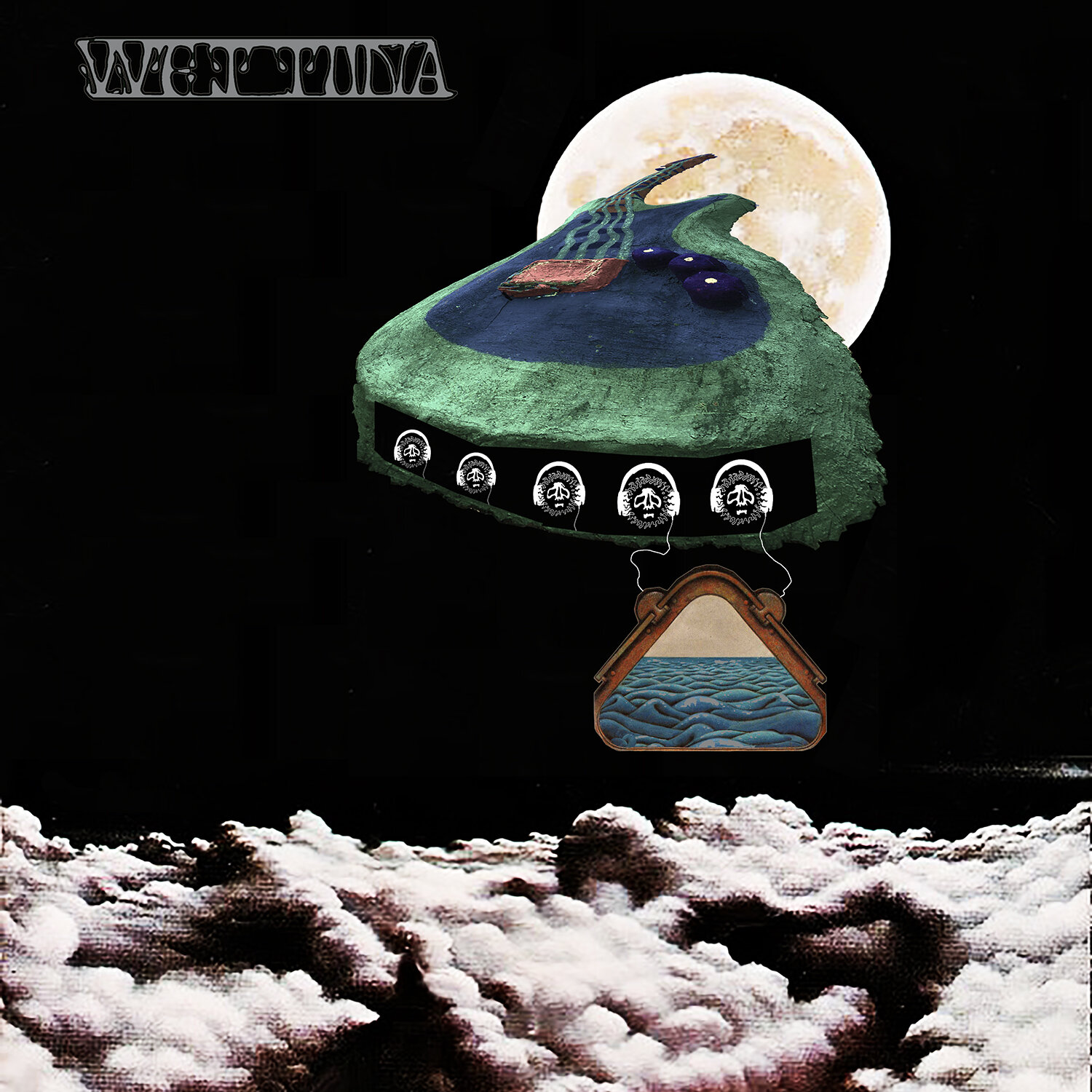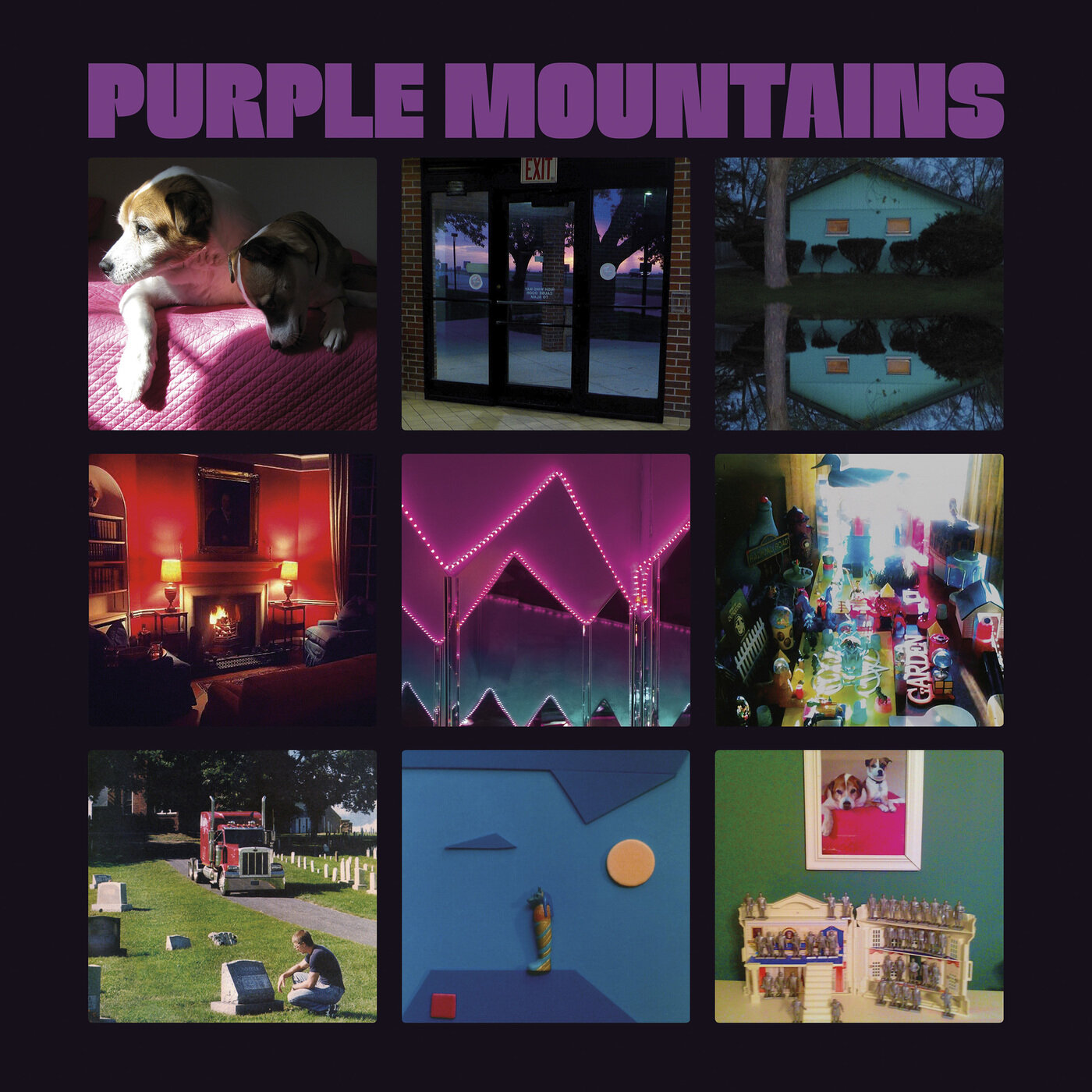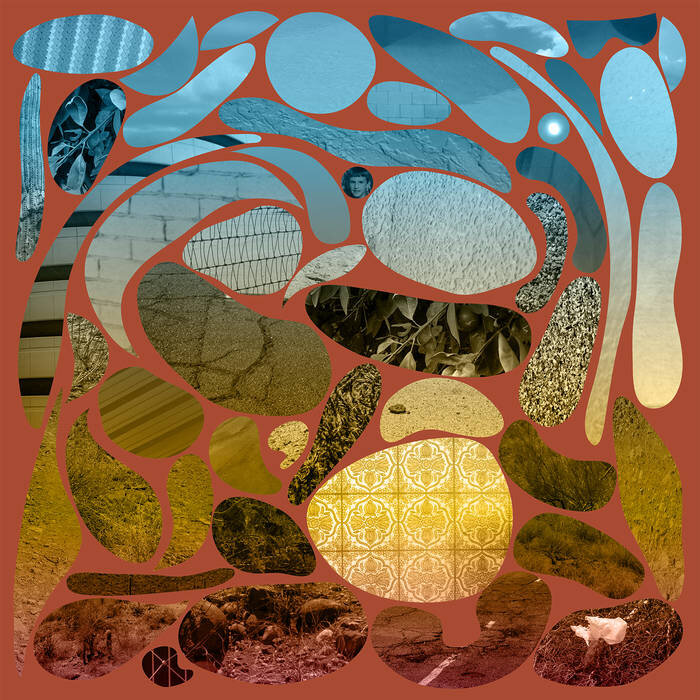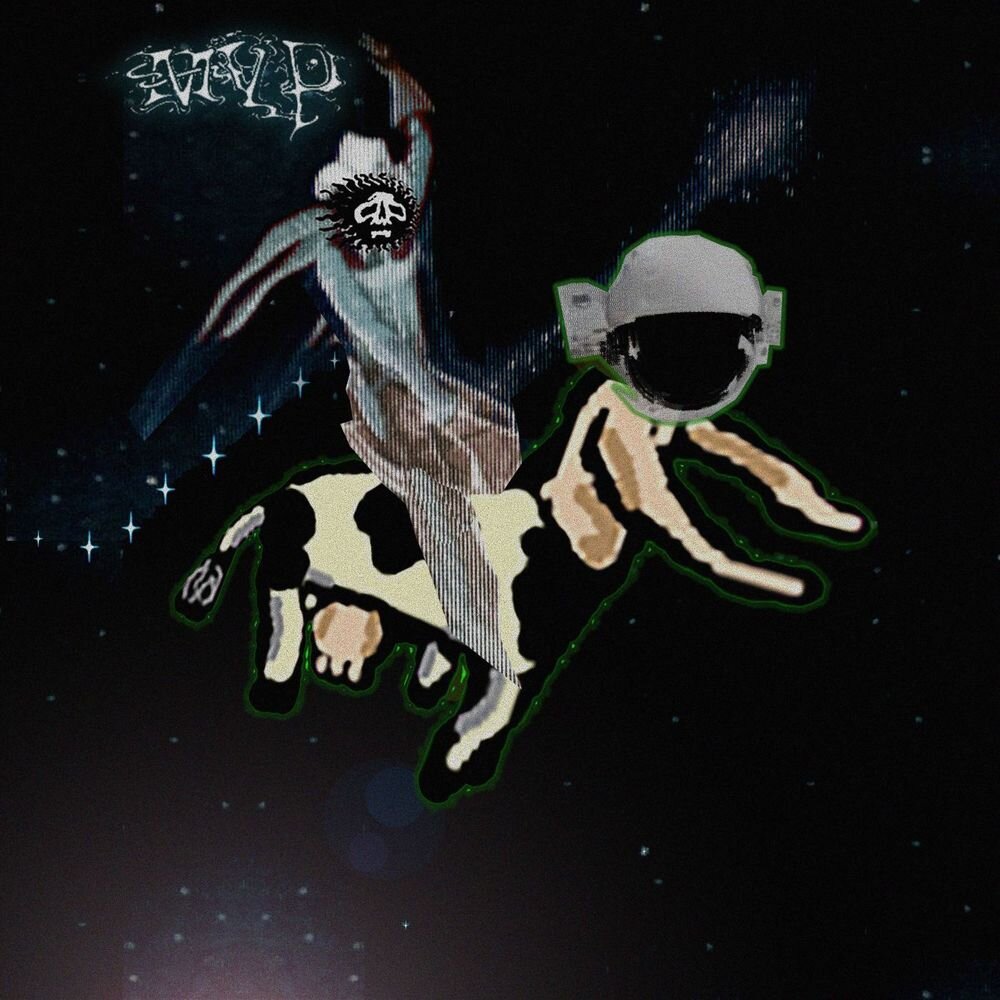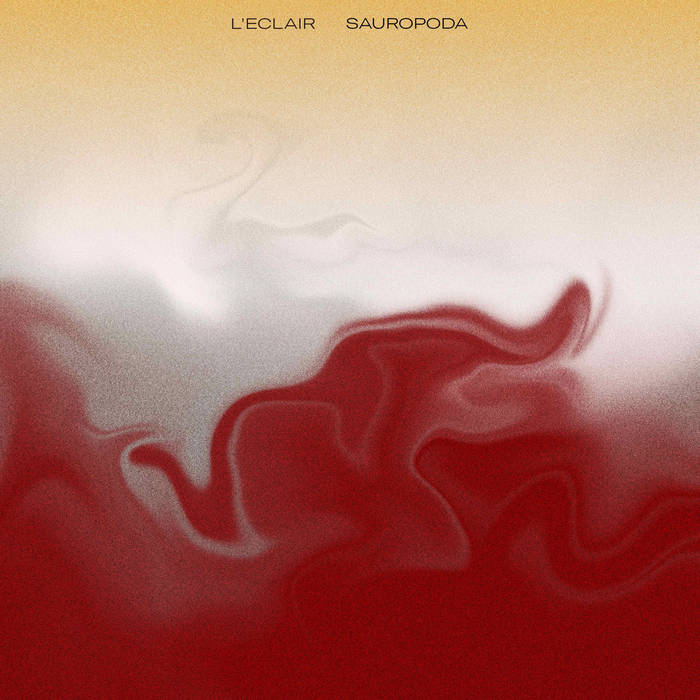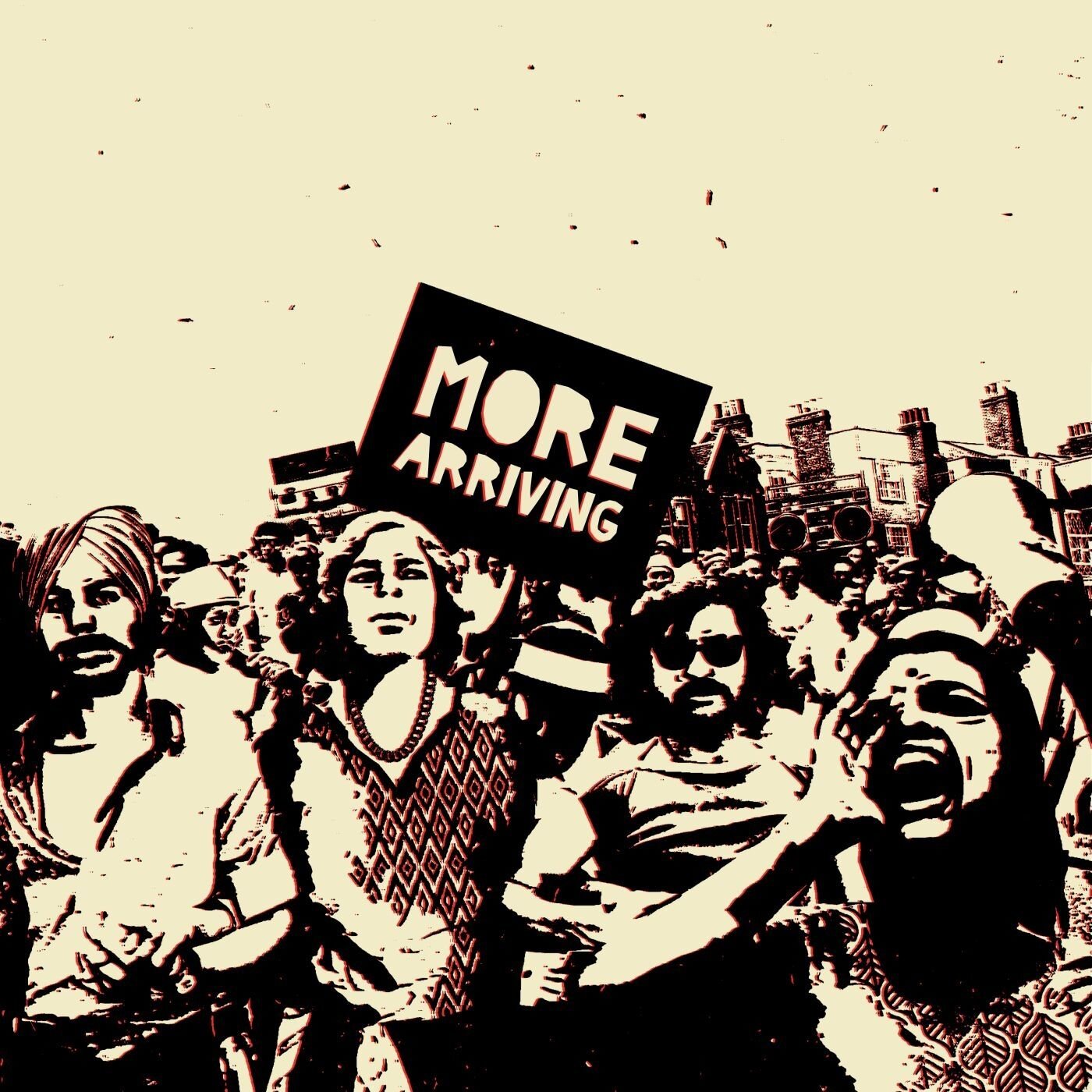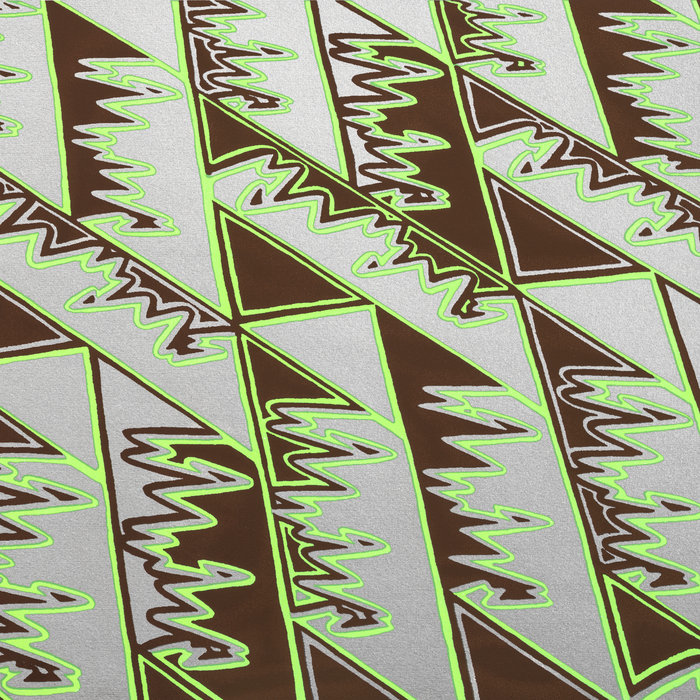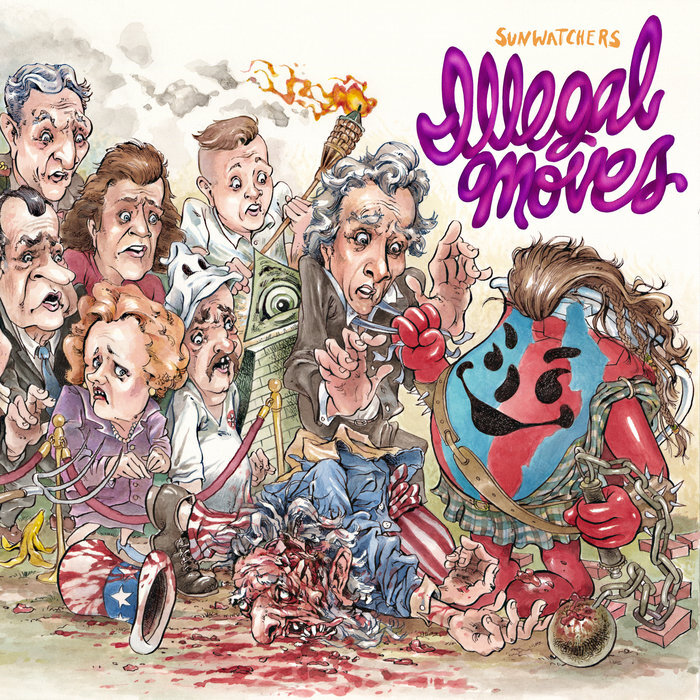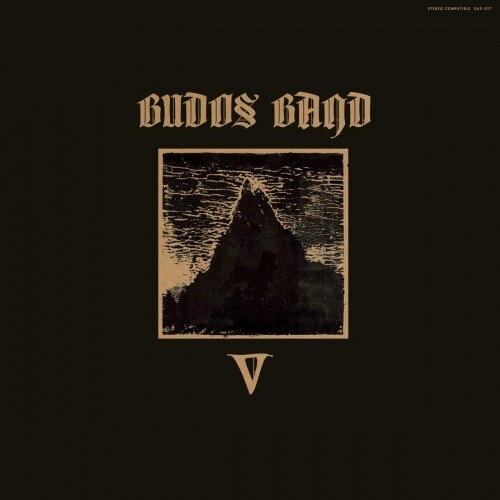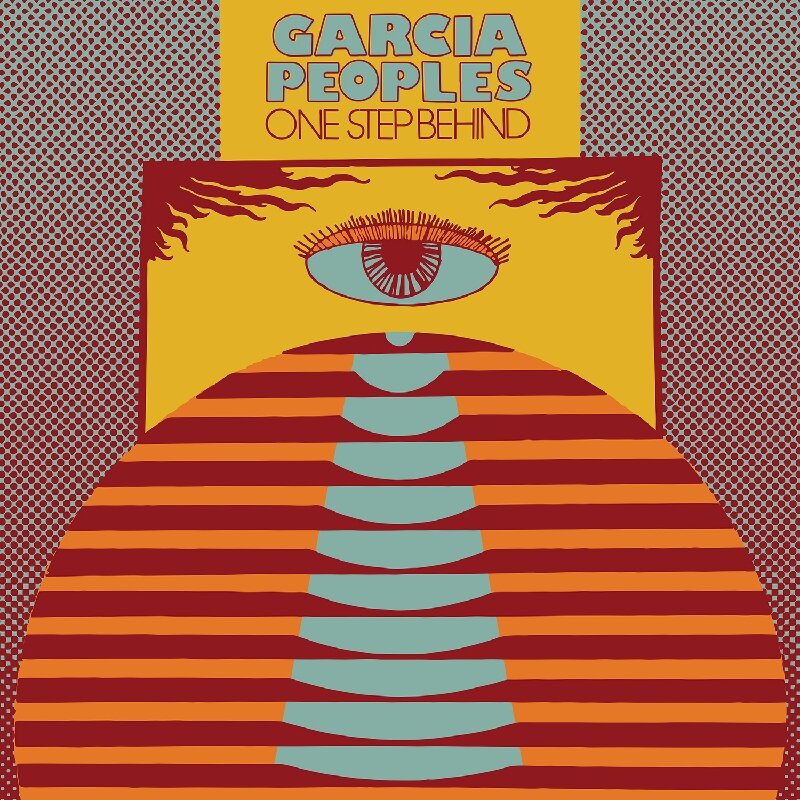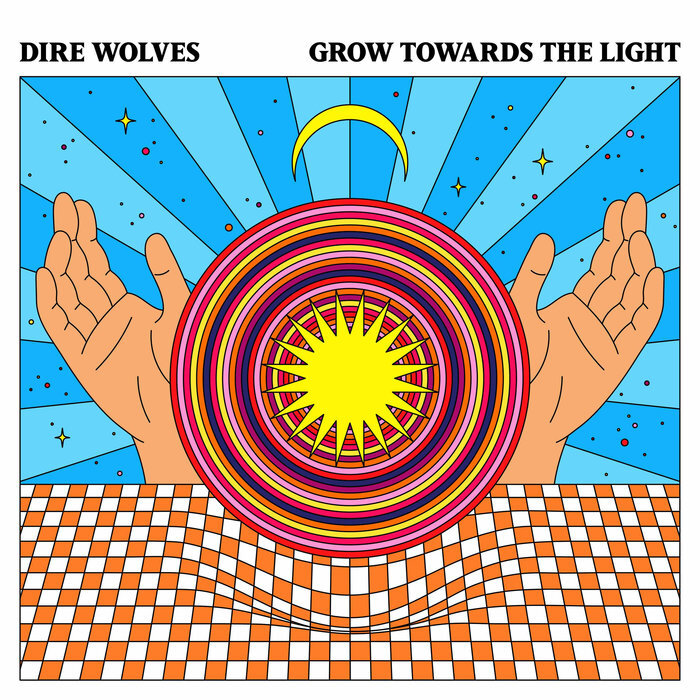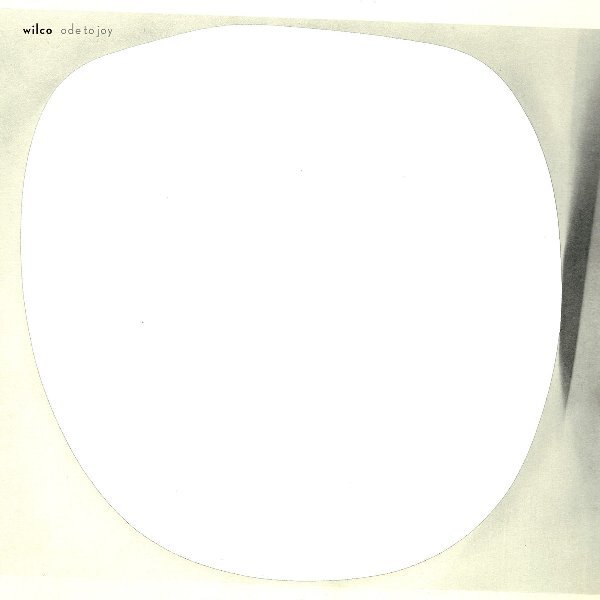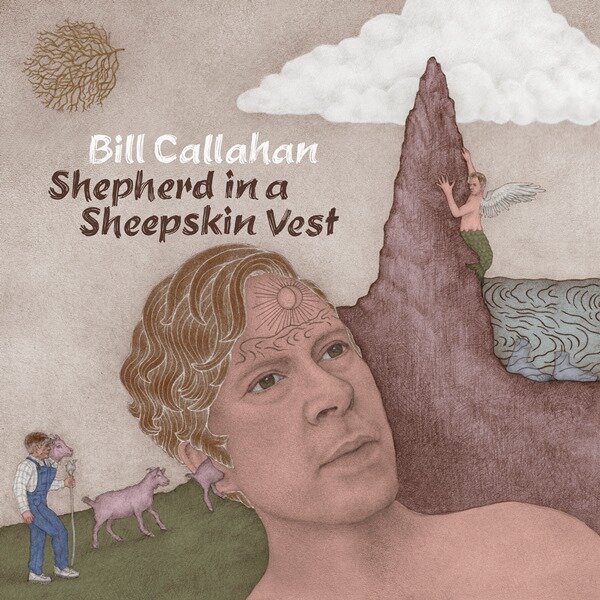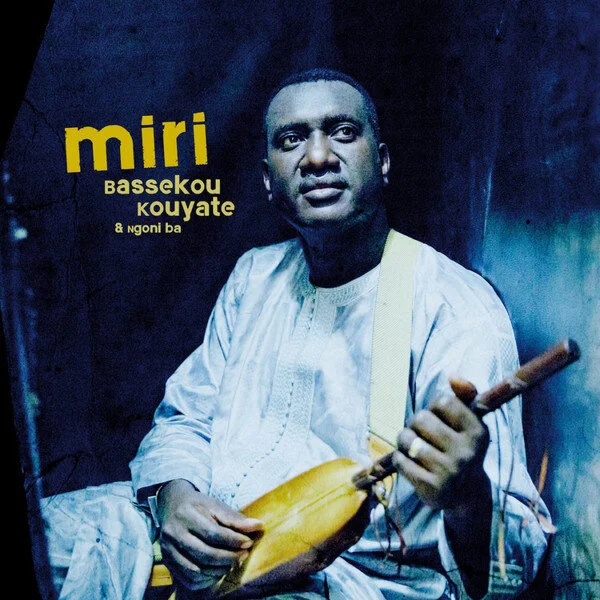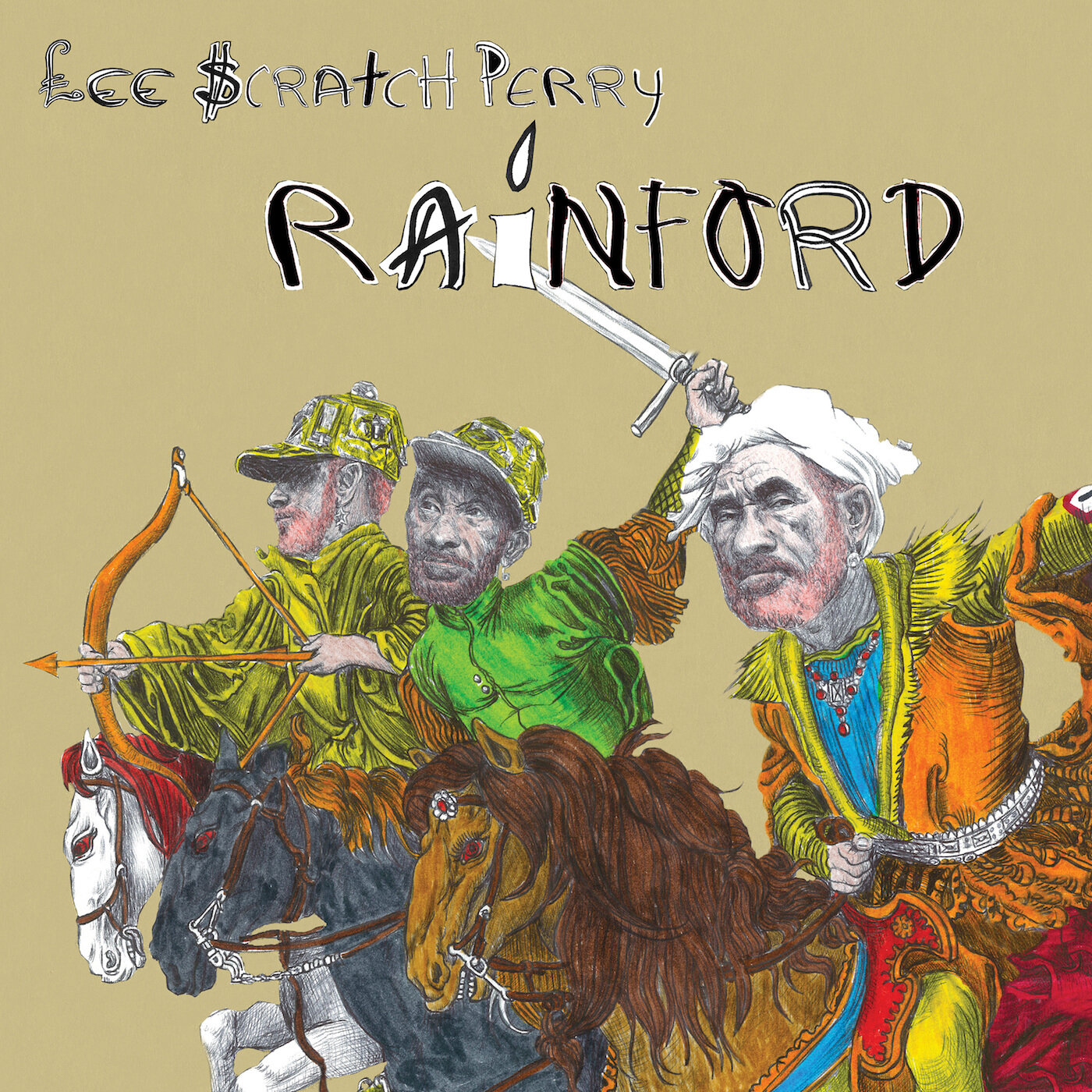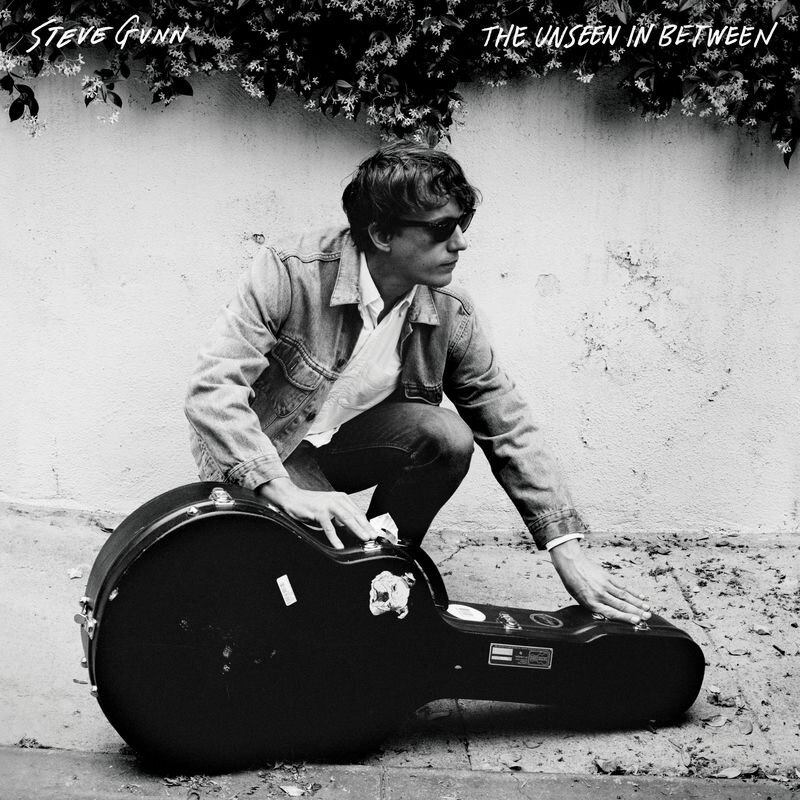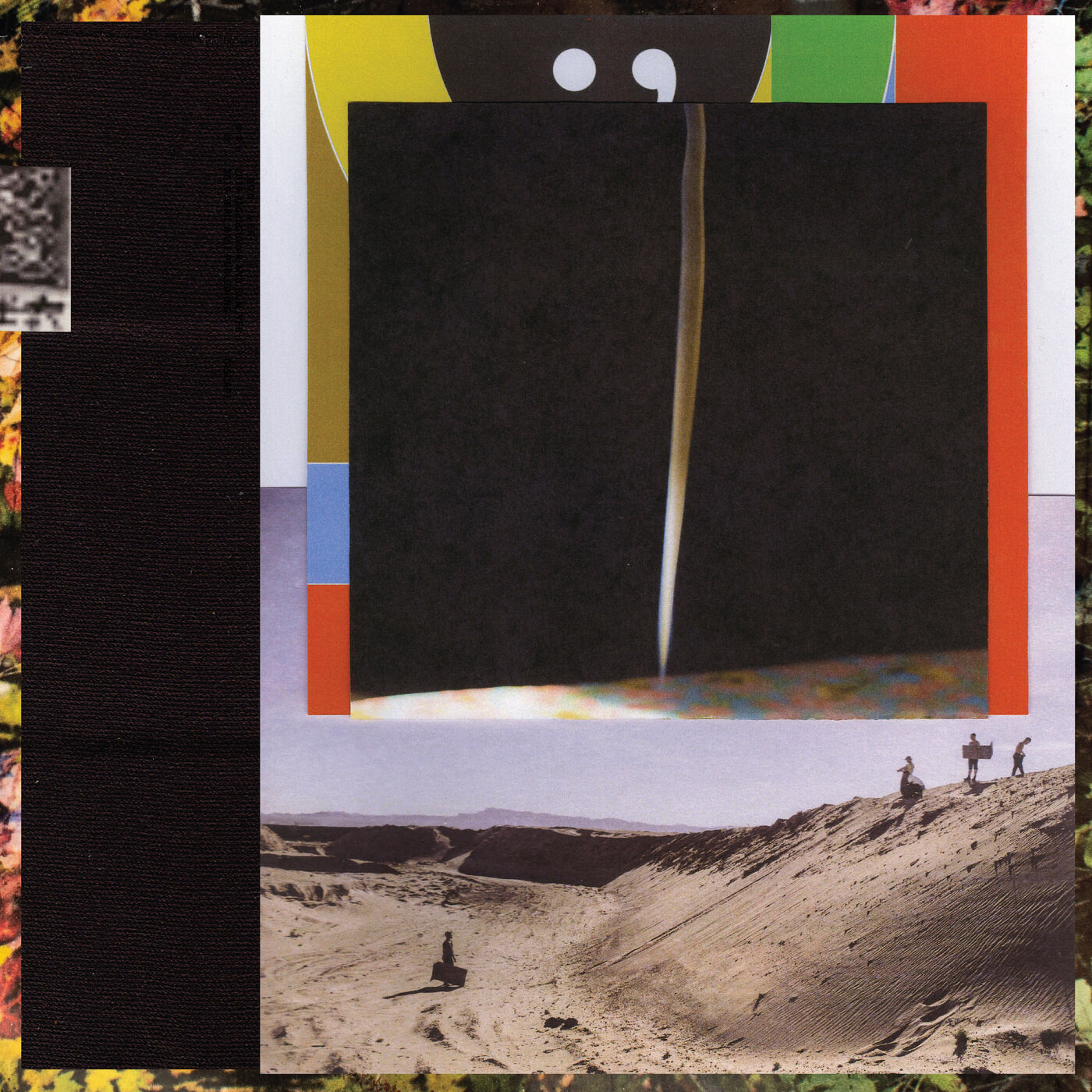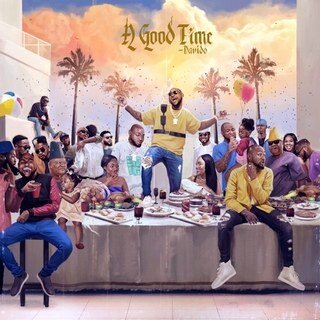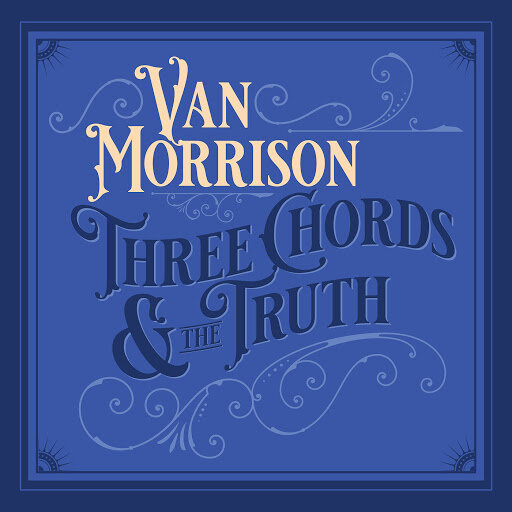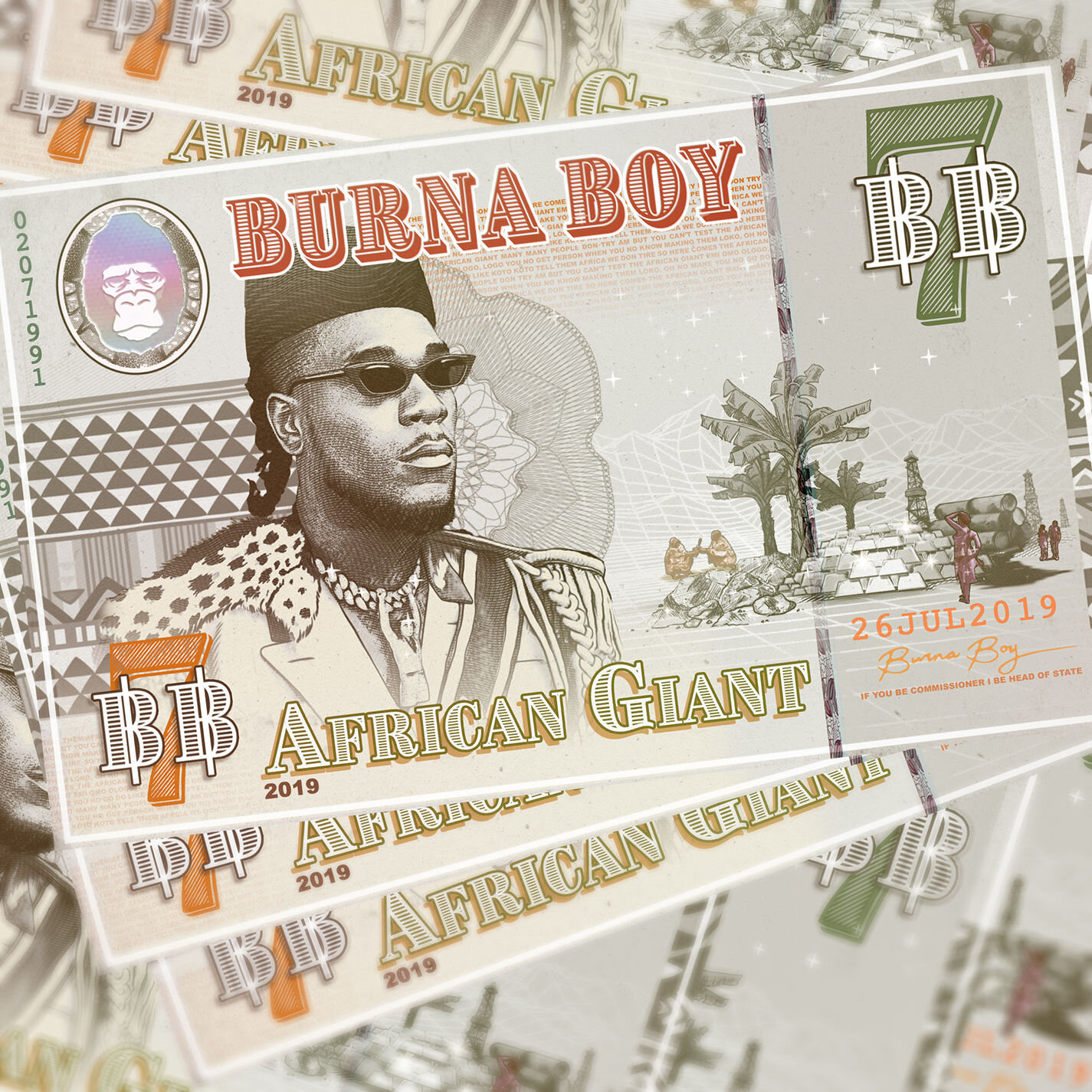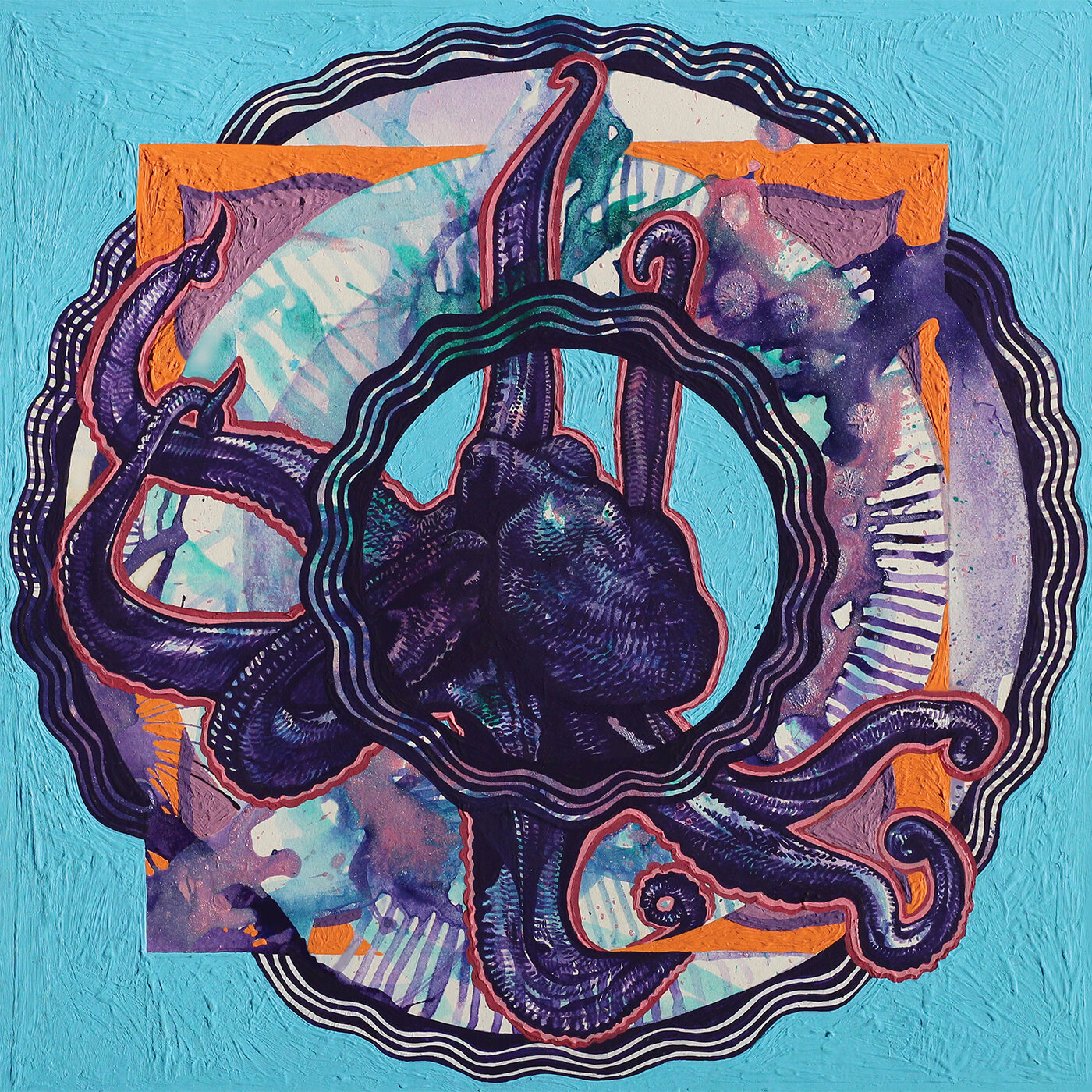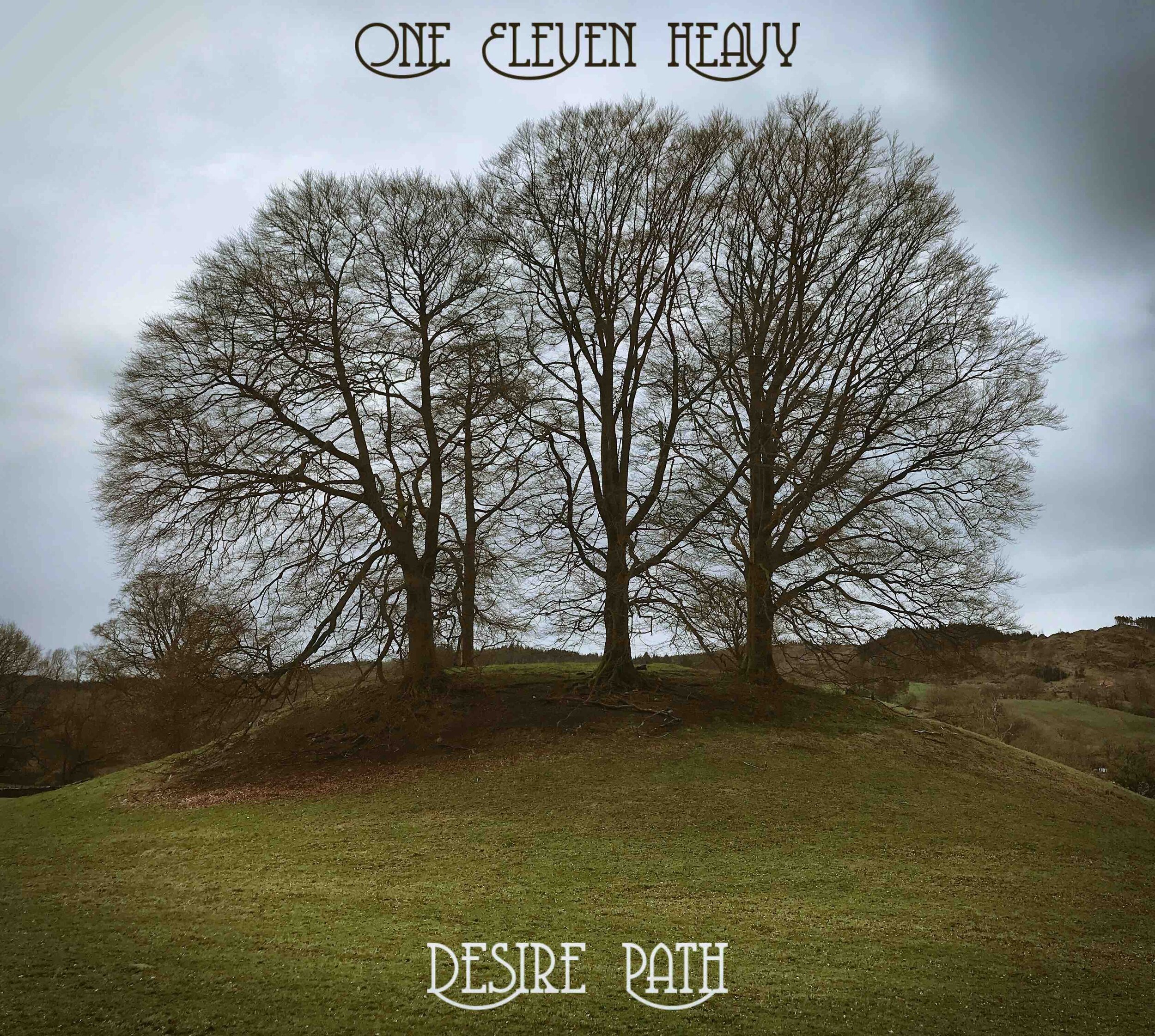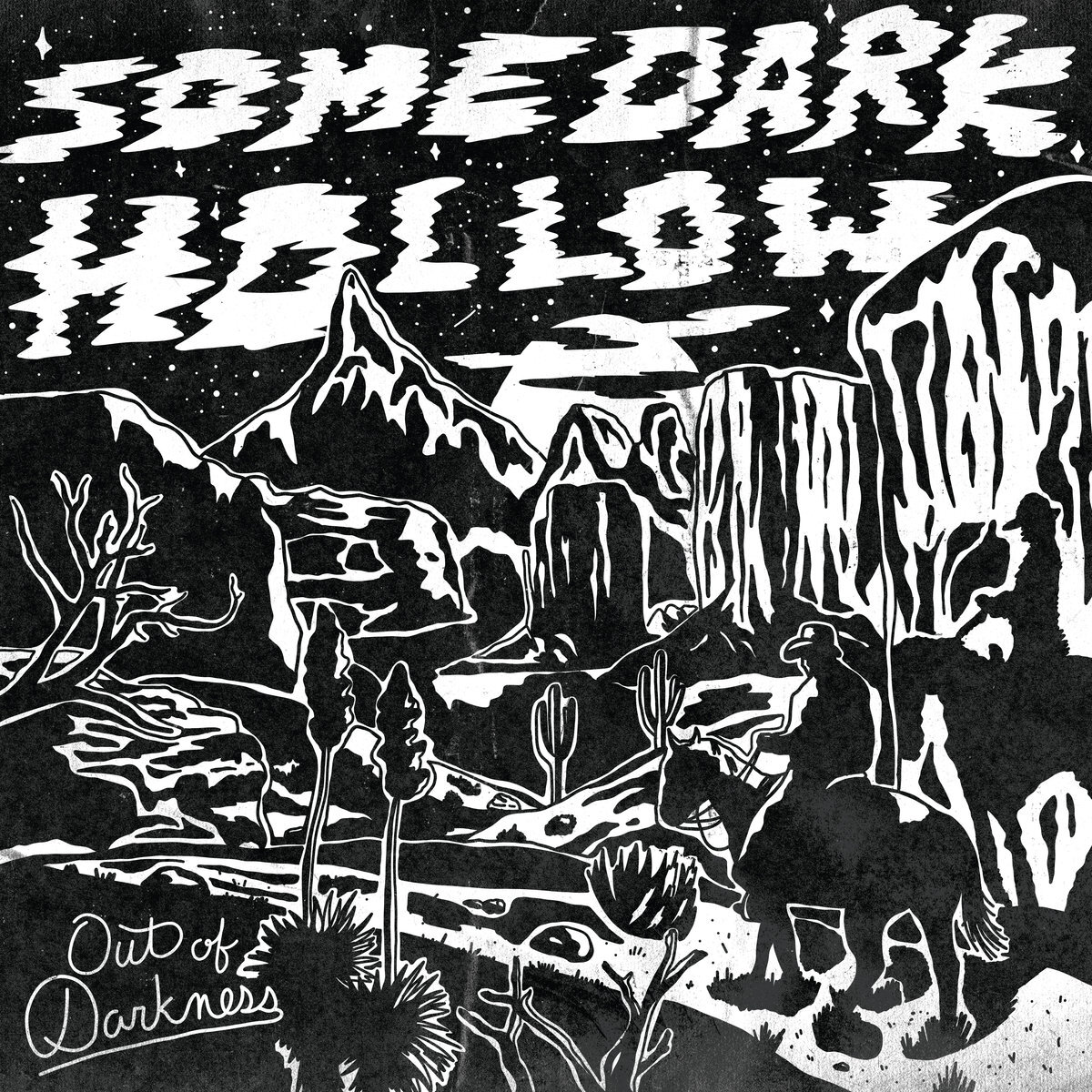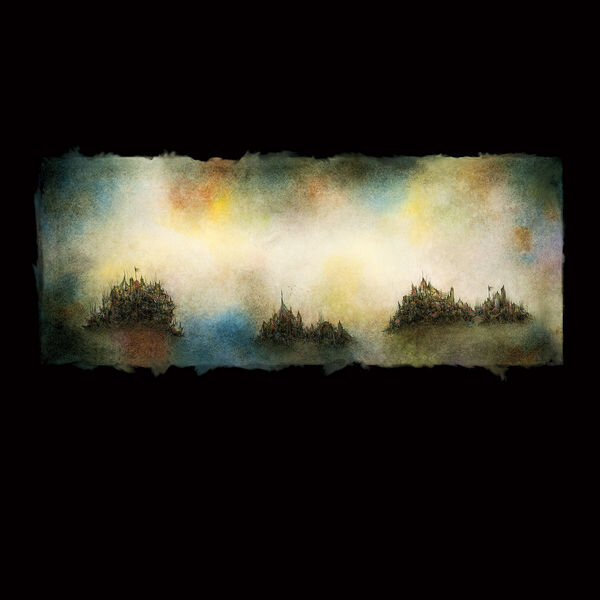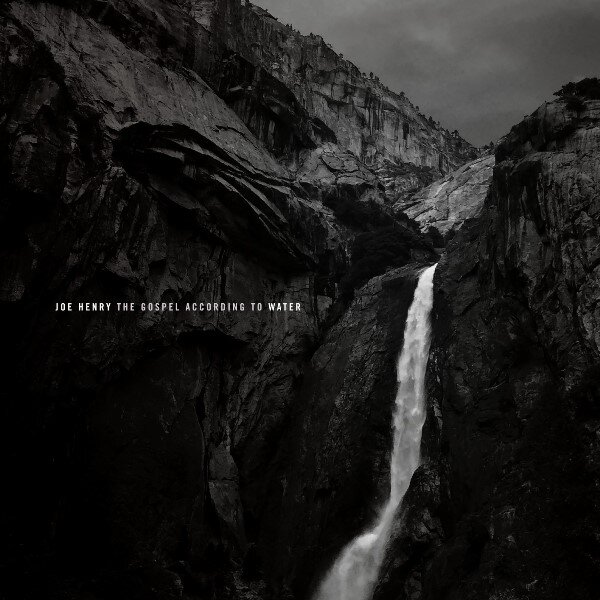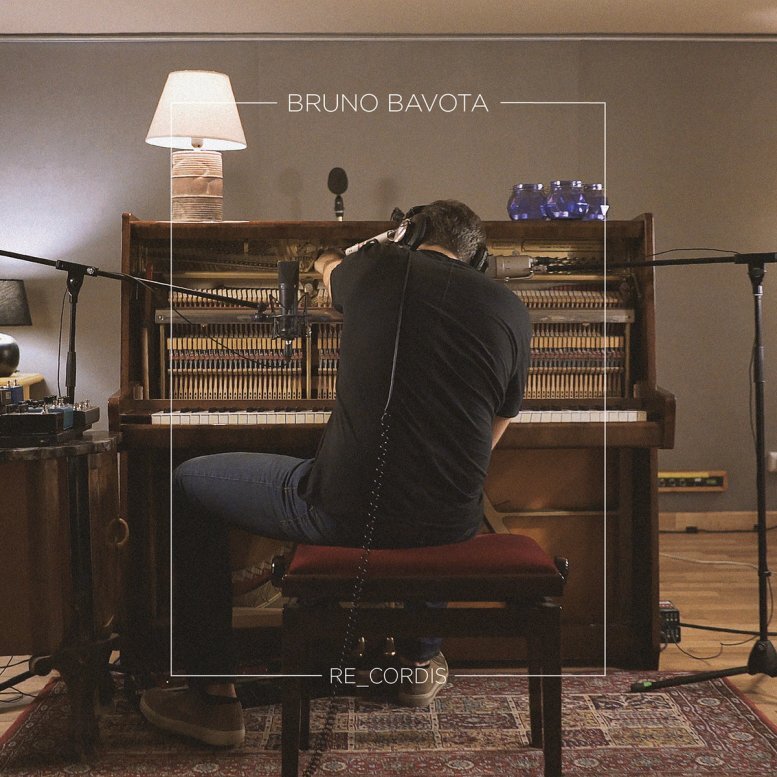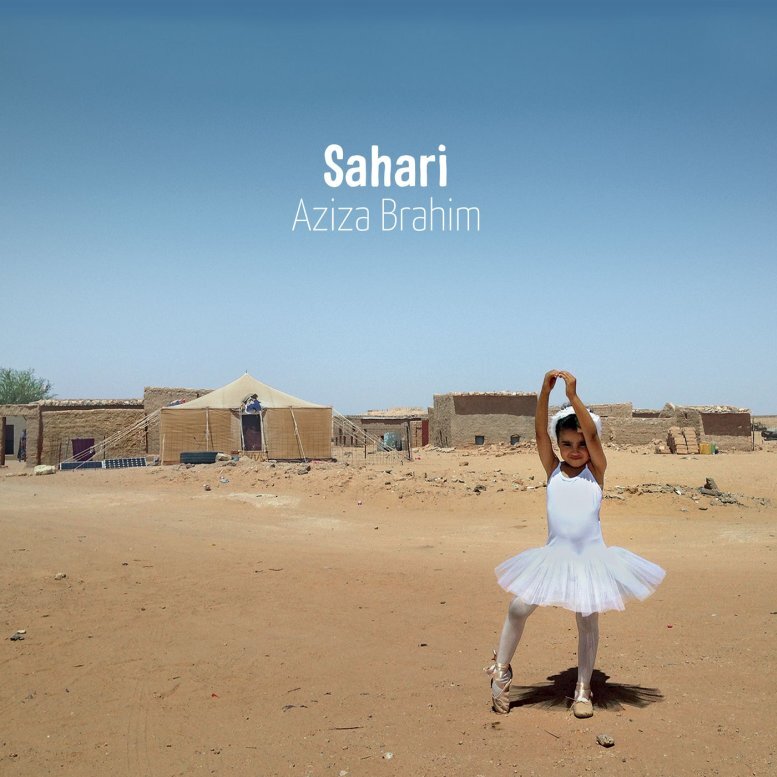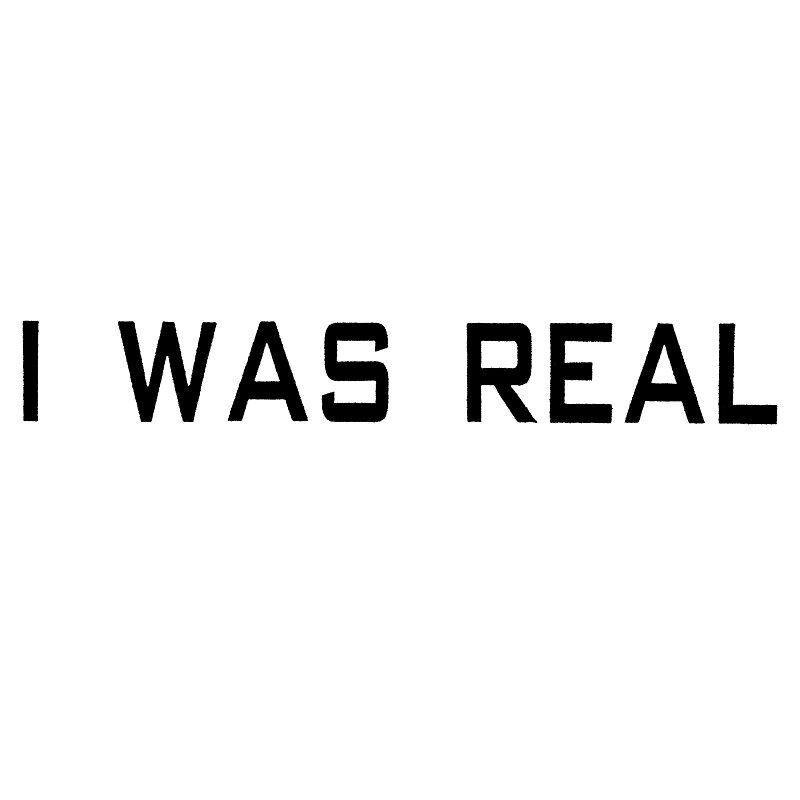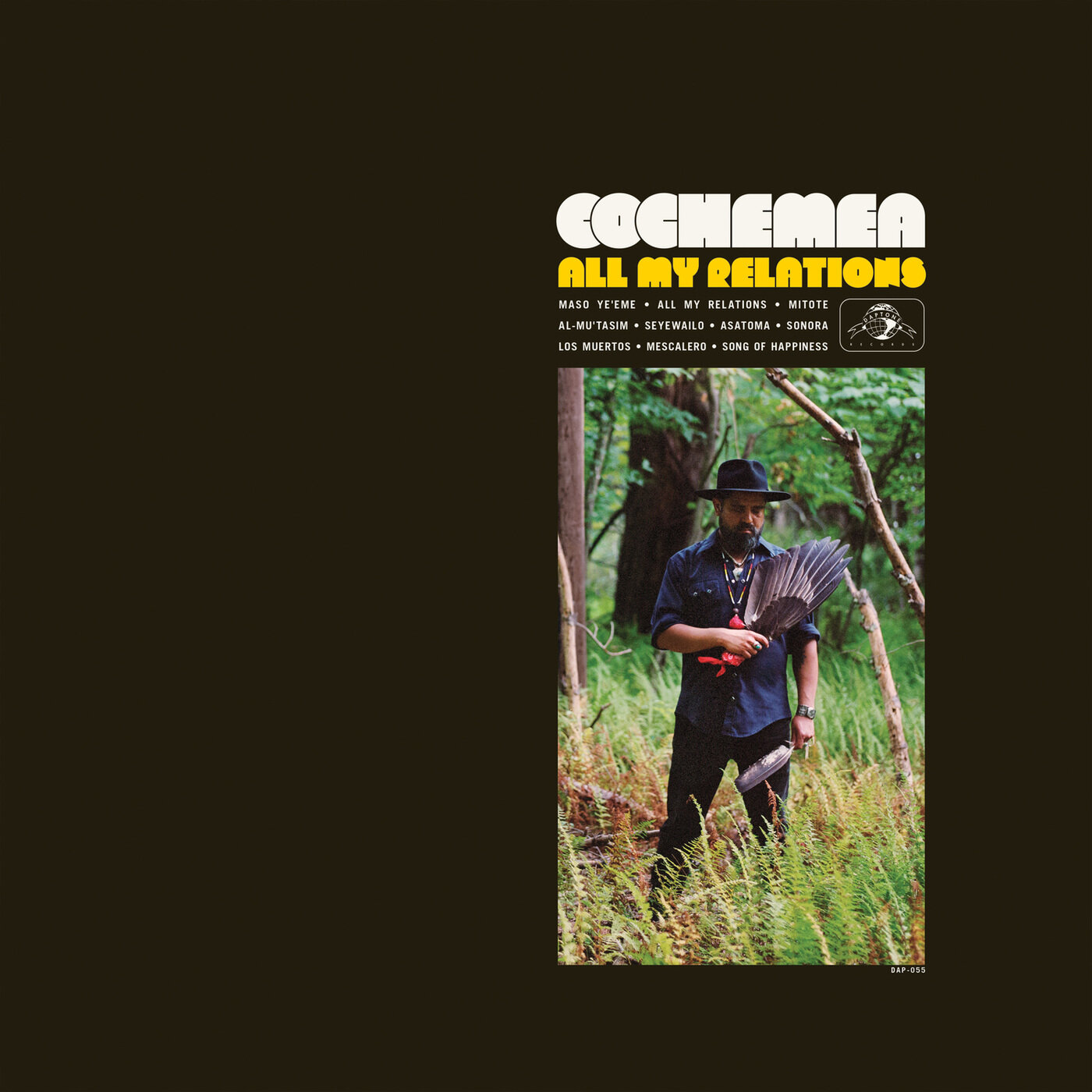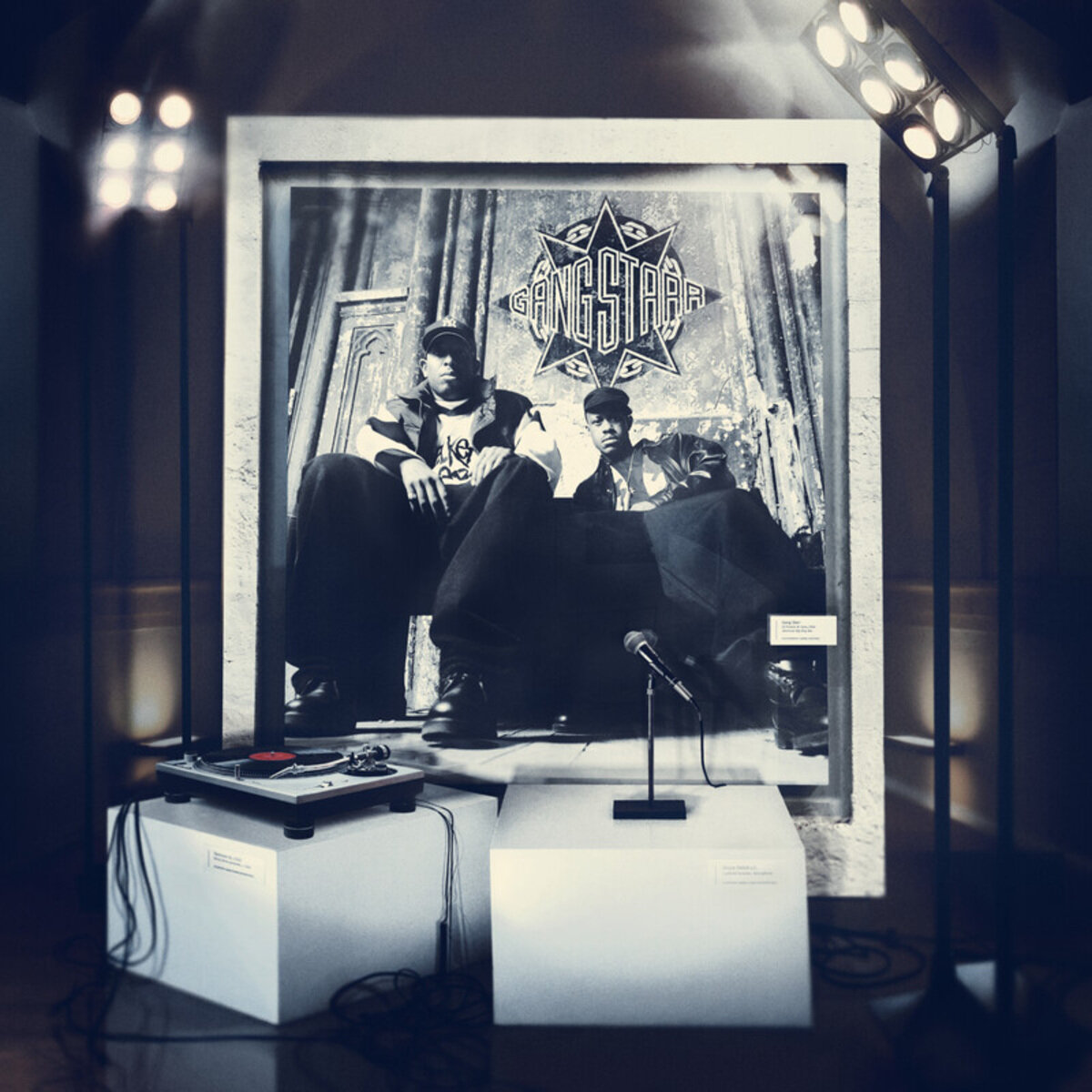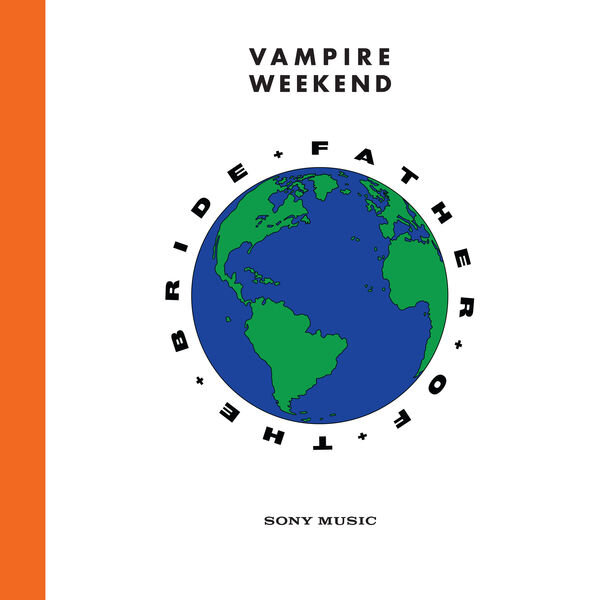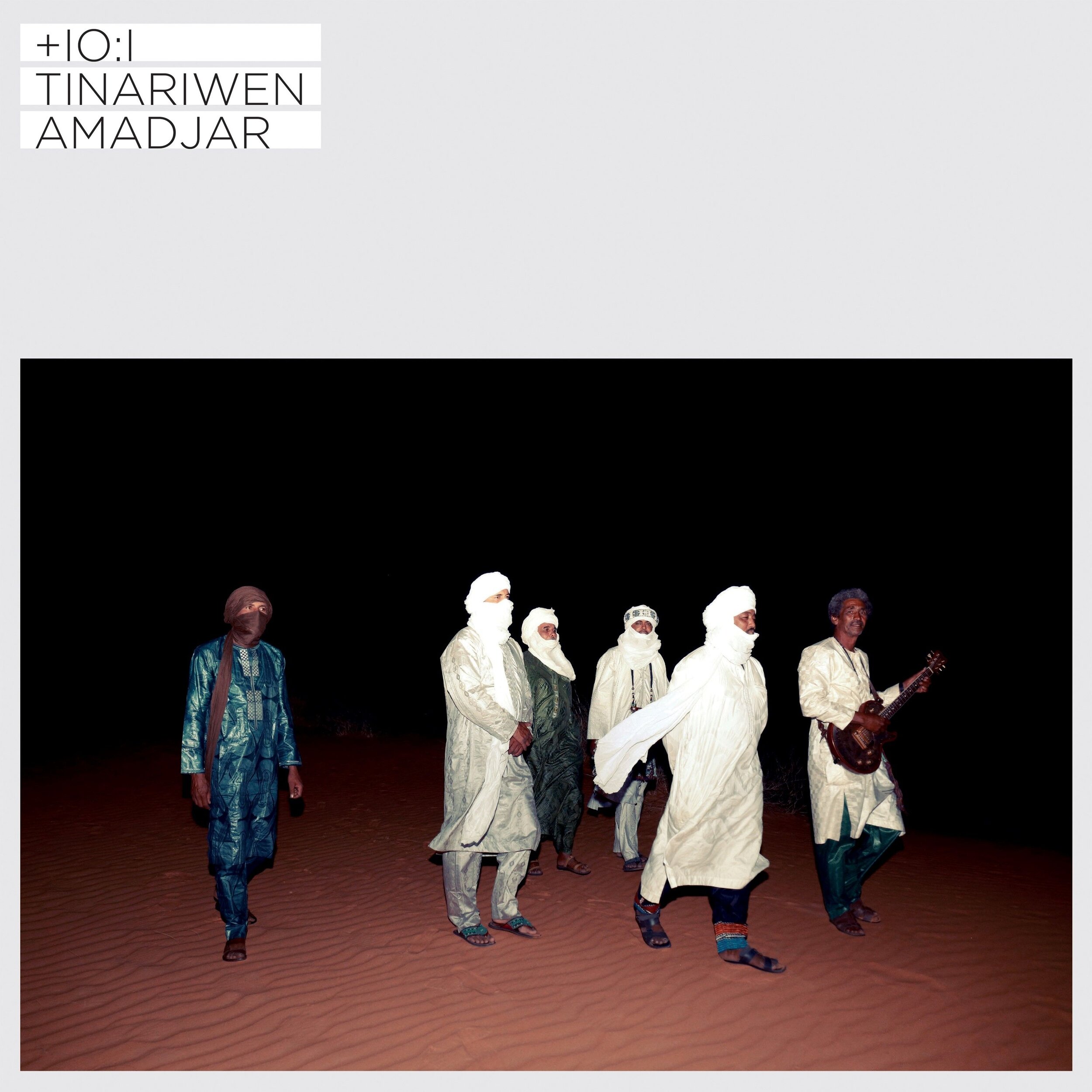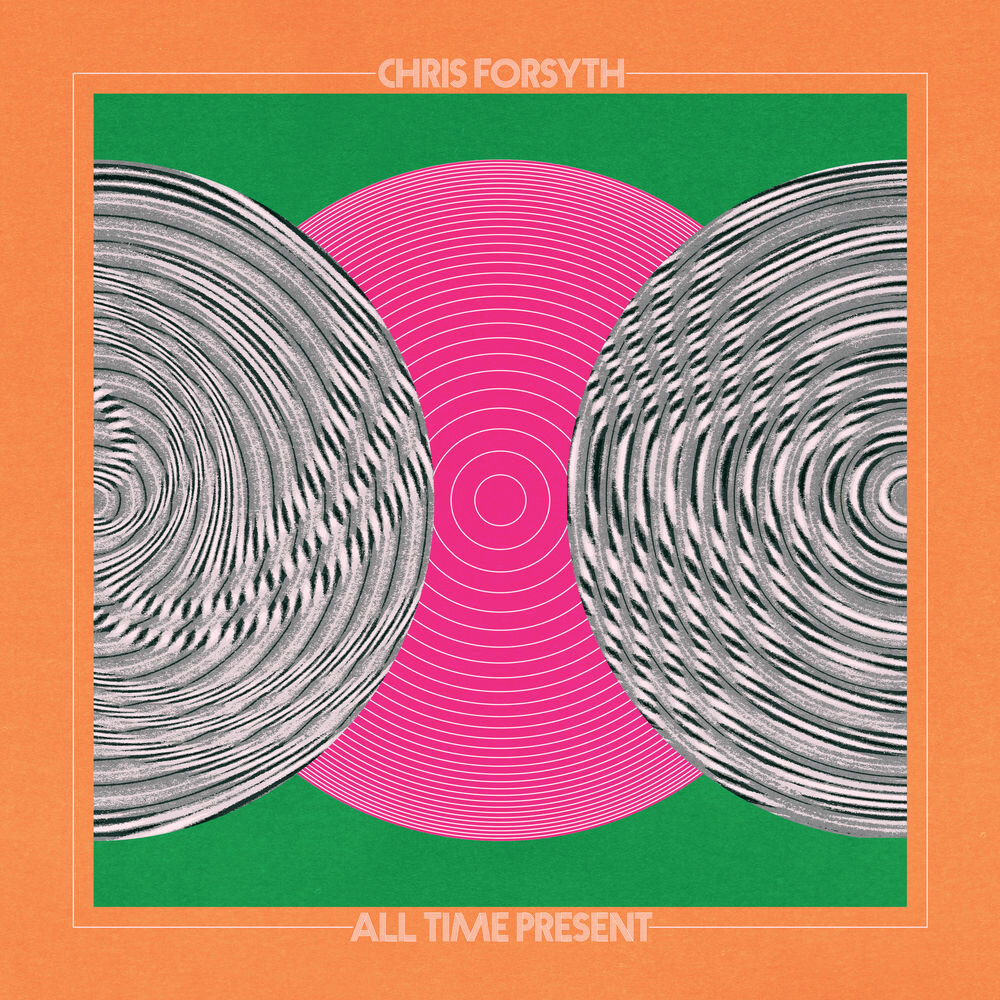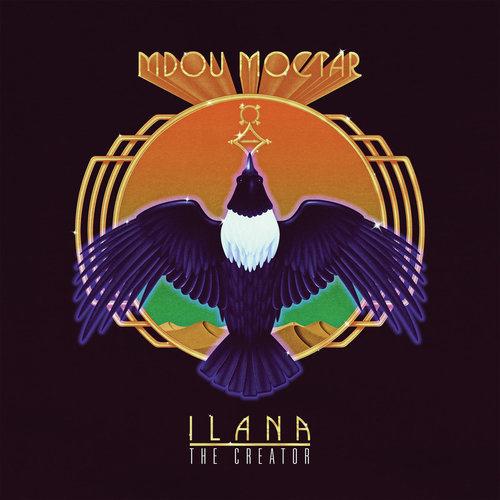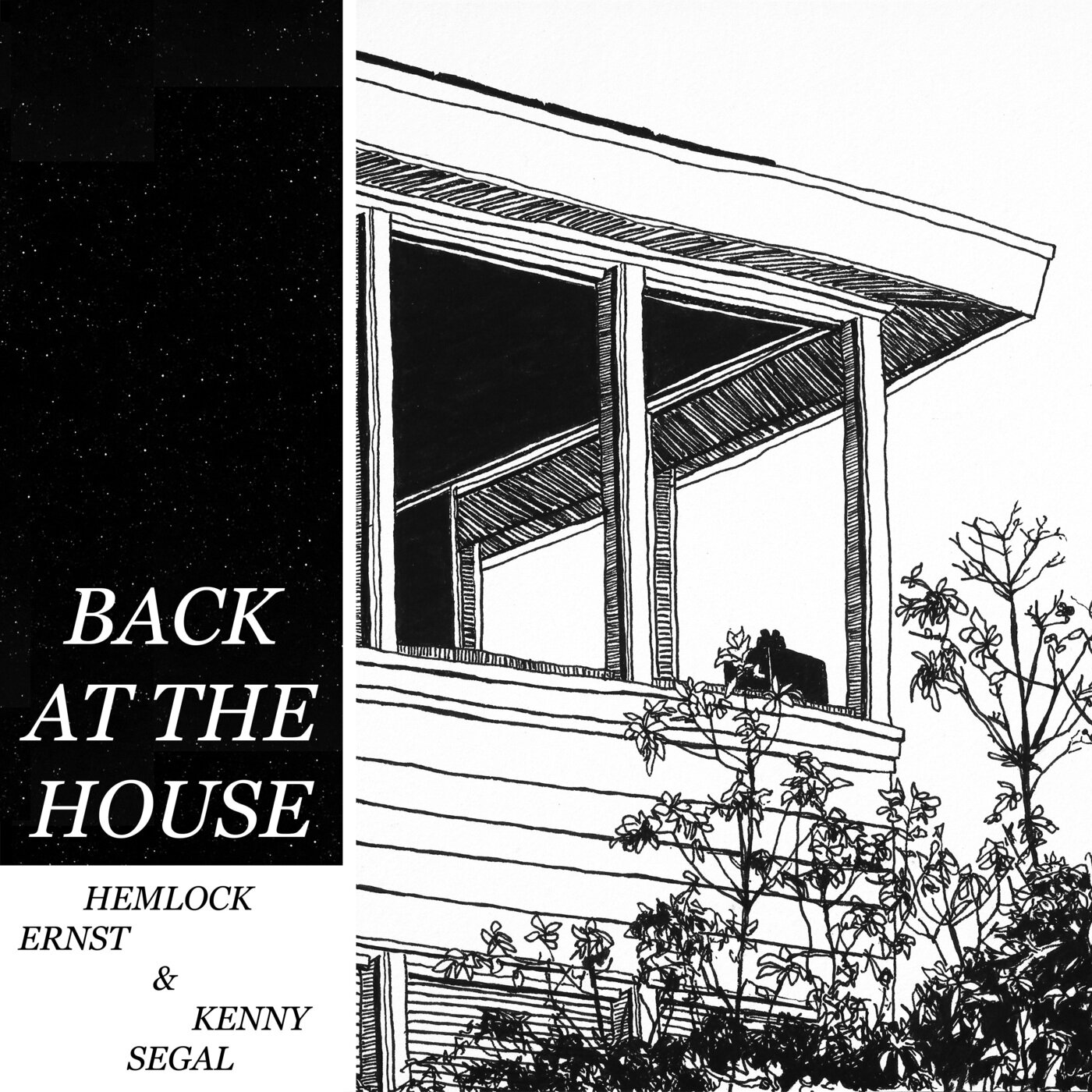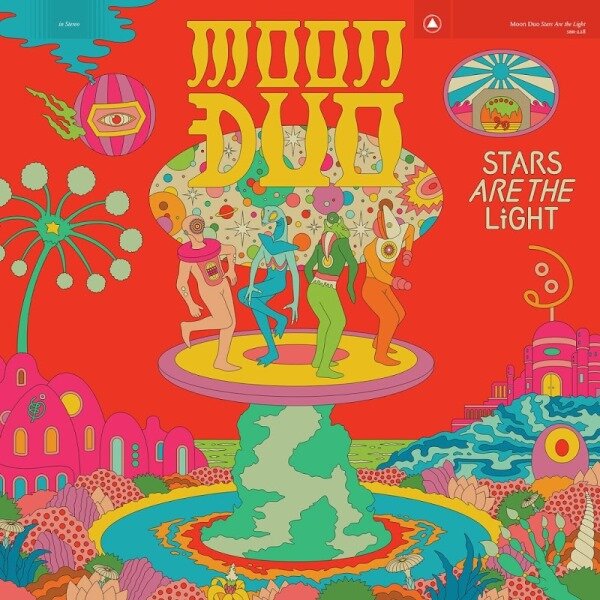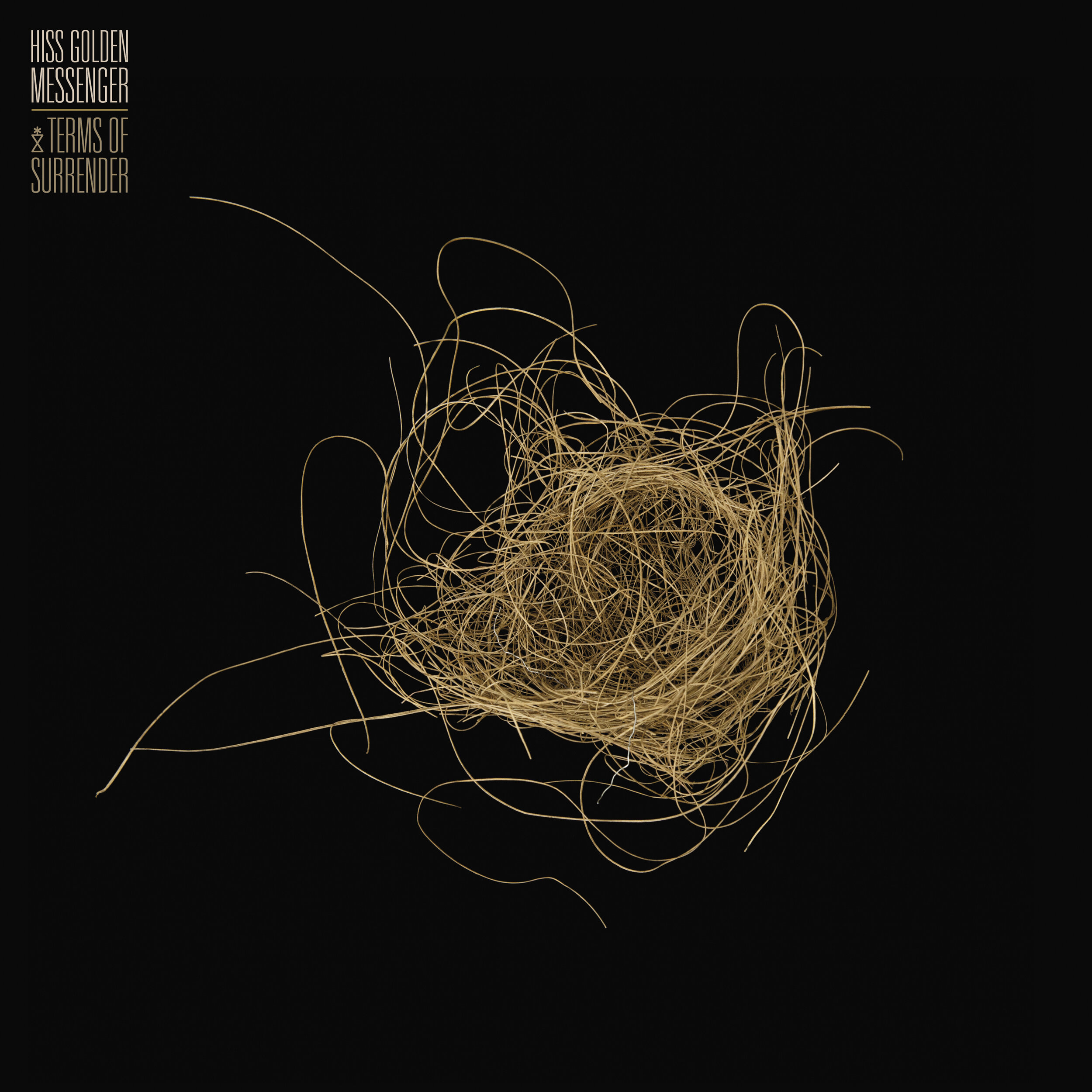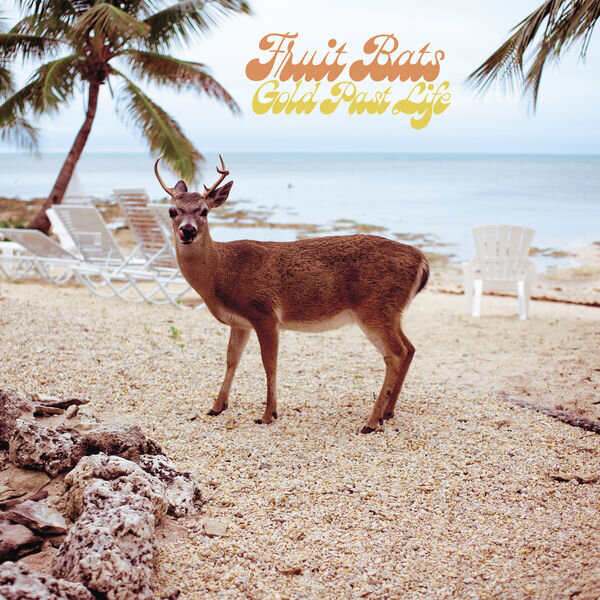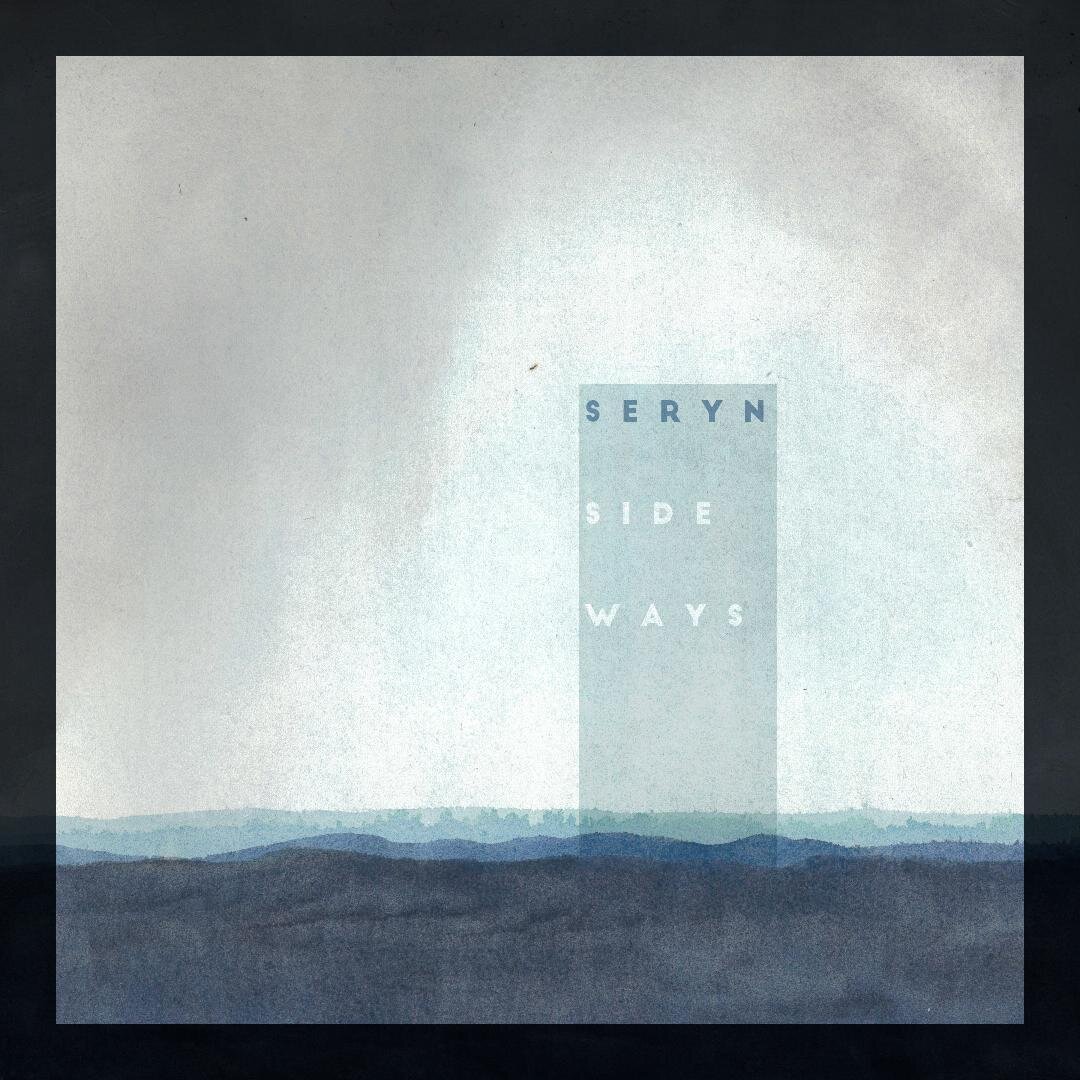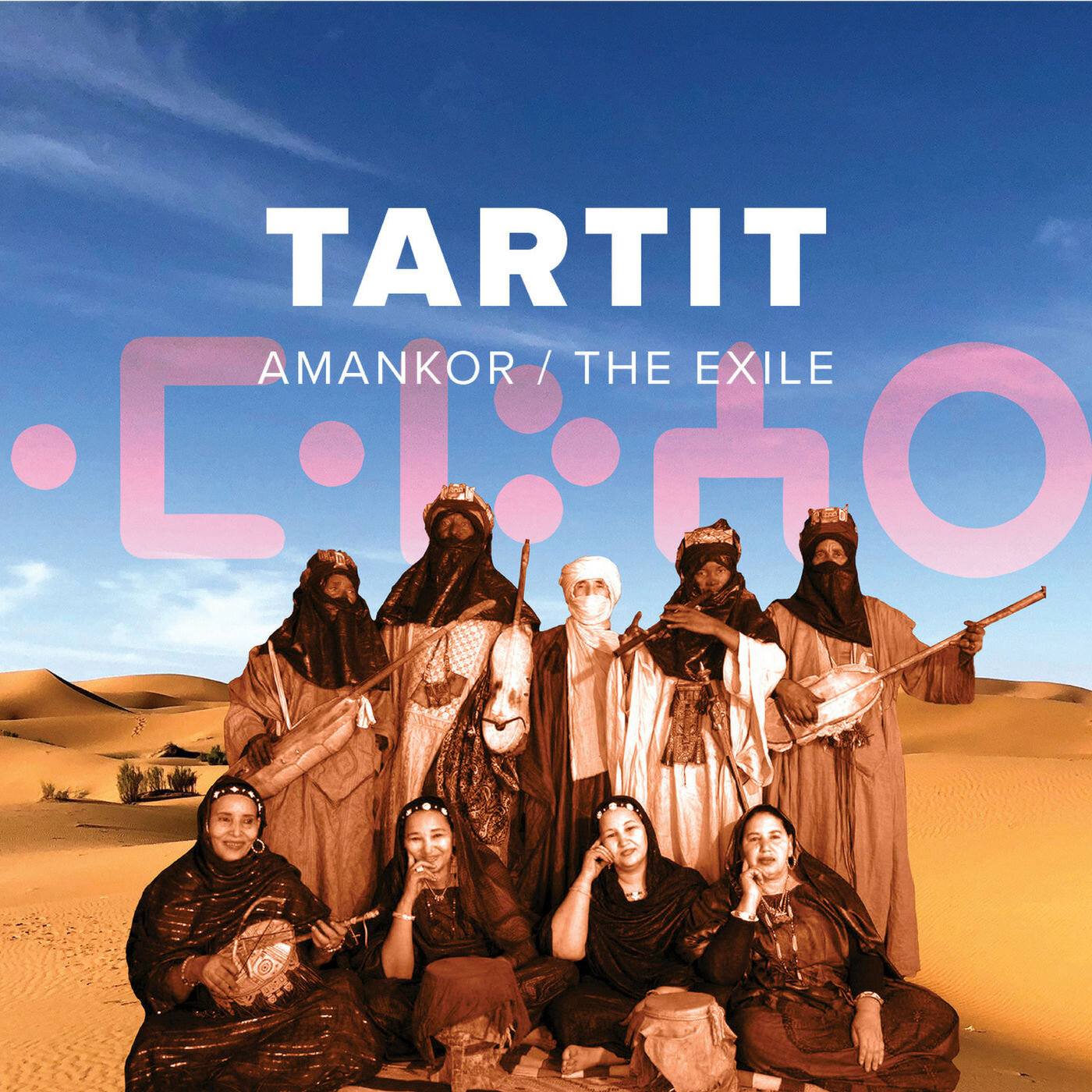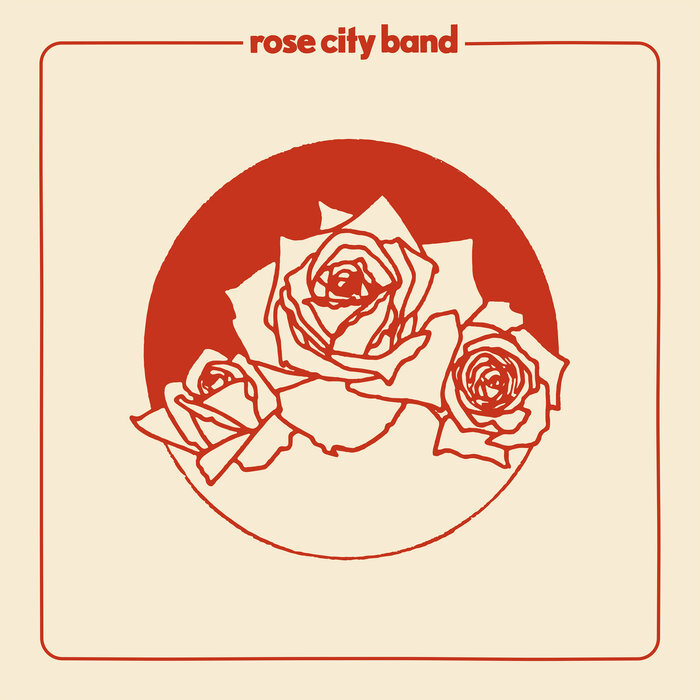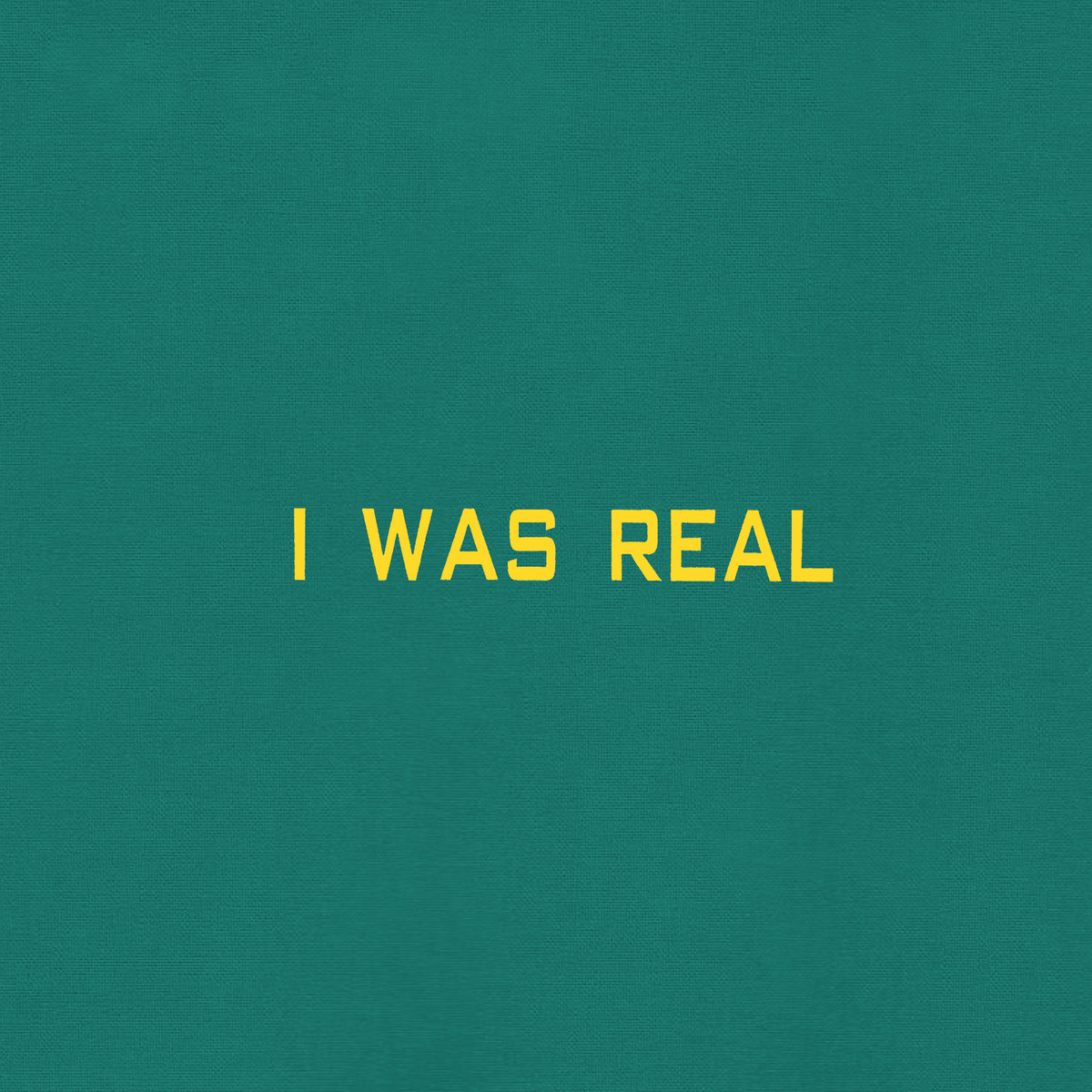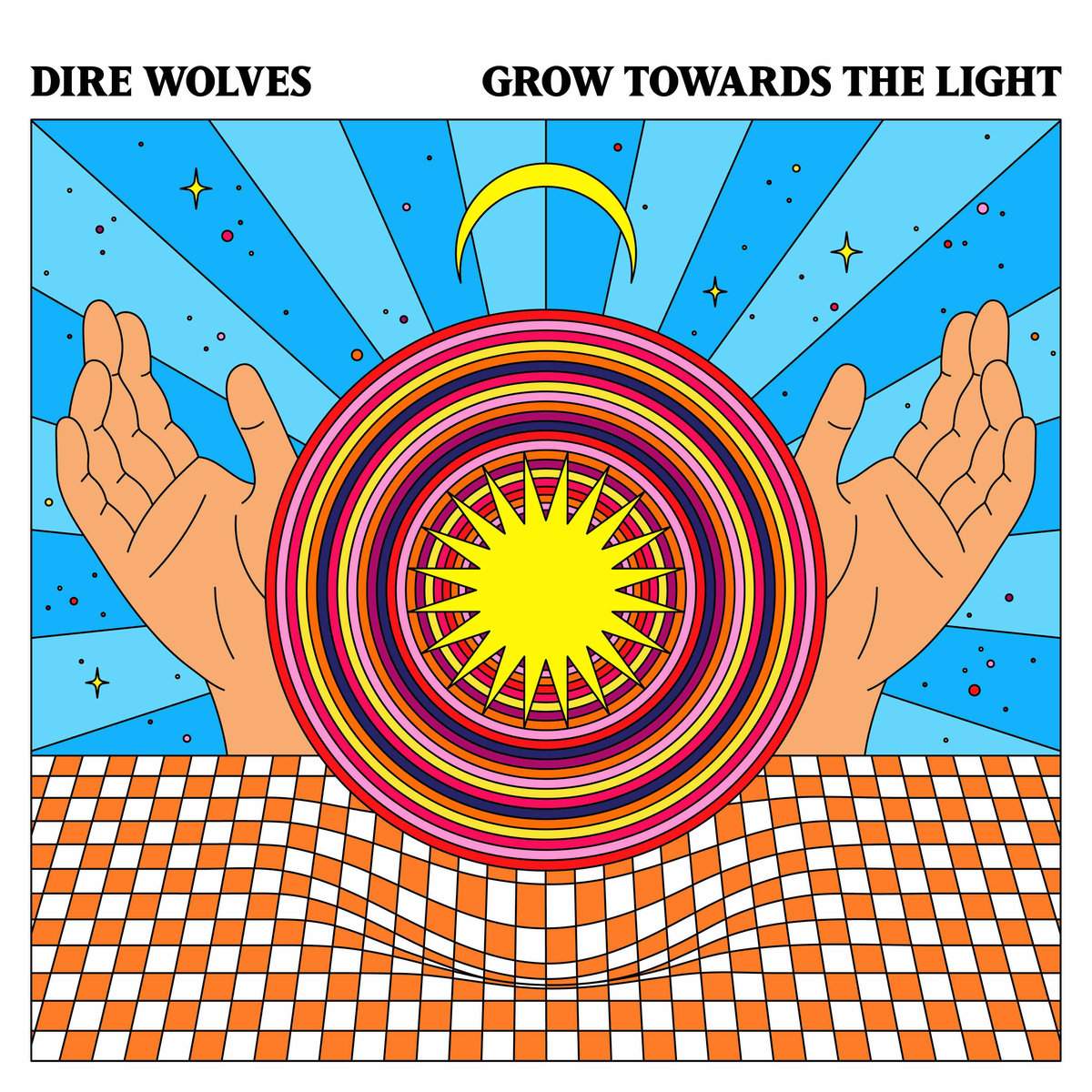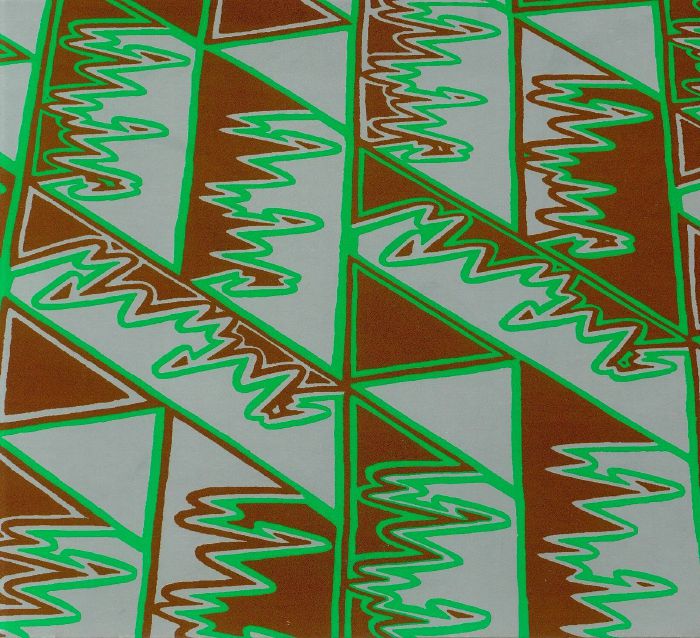The Habañero Collective team recently caught up with Seryn’s Nathan and Trenton to get some more context for the song, to see what the band has been up to and what’s next:
Anything else you'd like to add about the origins of the song? Any idea what year-ish the song was first written?
Nathan: Belowis an excerpt from an interview in 2011, so the song must have begun sometime then... It has evolved since then, but still brings back memories of this fateful event.
We were in an FJ Cruiser, the 5 of us driving out in West Texas in the middle of nowhere and we had to walk 100 miles to get gas because we ran out of gas because there was no gas station. And by the side of the road we started playing banjo and guitar and writing some new music and just like, that eureka moment, and you’re surrounded by 4 other really amazing people playing this really awesome music on a highway in West Texas, and it’s just this moment like “this is where we are”.
It’s just about getting stuck in a situation and having to stop for a second and access what’s actually going on and maybe be honest with yourself in the situation and then that’s how you find your way out of either a positive or negative situation into the next situation that you’re going to find yourself in.
Why release it now?
Nathan: It was something that came up in conversation earlier this year around playing Homegrown Festival X. We just realized that upon further listening that the song held up, and although it didn't quite fit Shadow Shows, it still deserved to see the light of day. Hopefully fans of our music will appreciate having the song available to them.
Trenton: After plenty of time and playing HGX helped mend some of the bridges that collapsed between us, we finally had the ability to see the good in what we had created together. There was a “why not?” mentality knowing that there was nothing to lose in sharing some of what was already ready to be shared.
It’s been a while since we’ve heard from you. What has everyone been up to?
Nathan: Mostly being a dad! Thats pretty full time but I've also been working on tons of outside projects which should all be coming out in 2020. Including a record I made with my brother, Tim Allen, for our project "Brother Band" and that is coming out in March of 2020. I've also learned how to engineer, produce, and master. I found out mixing is not my thing, but I love all other parts of the process. It’s been a quiet but productive couple of years for me.
Trenton: I started a new project called Topknot and will begin releasing new material and touring again in 2020. It’s definitely been an emotional journey discovering an identity outside of one that basically defined the decade of my 20’s, but in that I’ve created some of my favorite music and can’t wait to share it with the world!
What's next for Seryn? Is it over for new material?
Nathan Seryn has no concrete plans as of now, and we never really had lots of concrete plans to begin with so honestly its anybody's guess. We do have another song coming out on January 3rd of next year. It is called "Peeling Paint" and we wrote it with Lincoln Parish, who is an accomplished songwriter and producer in his own right.
Trenton: To some degree, Seryn will always be a part of who we are, but going into a season of releasing new music under new projects will only highlight the different strengths that each member of The band brought to the table. Like deconstructing a well-crafted cocktail and tasting what each ingredient brings to the whole.
Could you share a little about the Homegrown Festival appearance; How it felt to have founding and "2.0" members gathered all together and how it came together?
Nathan: Having everyone there with their new significant others, children, and other important people really felt like a magical moment. It was oddly healing and not chaotic at all. Some of the folks hadn't ever actually met, so that was crazy. It was just a ton of fun to all be together again. Everyone just knows the drill and the flow of Seryn. We all fell right back into it.
Trenton: It was a strong turning point for me creatively; feeling the strength in unity again, speaking forgiveness to one another over pains we had created, laughing and making old jokes, and really feeling like I could embrace what we had then and still excited look forward to new things to come.
With the move to Nashville by you all, has it led to closer friendships and a drive to create more music? Different styles?
Nathan: I think after taking time off, we are all starting to recognize how deep our bonds and brotherhood truly goes. I would do anything for any of the guys and girls I've shared the van and stage with, especially Seryn. I 200% support and champion everything they do as much as possible, and I encourage everyone to do some research and dig into what everyone has been up to.
I think the answer to your question is no. None of us has gotten into country music.....
Trenton: Nashville is amazing and a deep wellspring of creativity, but it can be daunting and intimidating at the same time. It’s a rollercoaster of a city for sure.
Specifically outside of what you all have created together? Has that given any of you a drive to redevelop Seryn?
Nathan: I think Seryn can never be redeveloped the way it was, it was too destructive internally and very un-hinged from an organizational perspective. I would love to see something new rise from the ashes where we can all play together and give life to the music again, perhaps from a more humbled and gracious place.
Trenton: Agreed.



